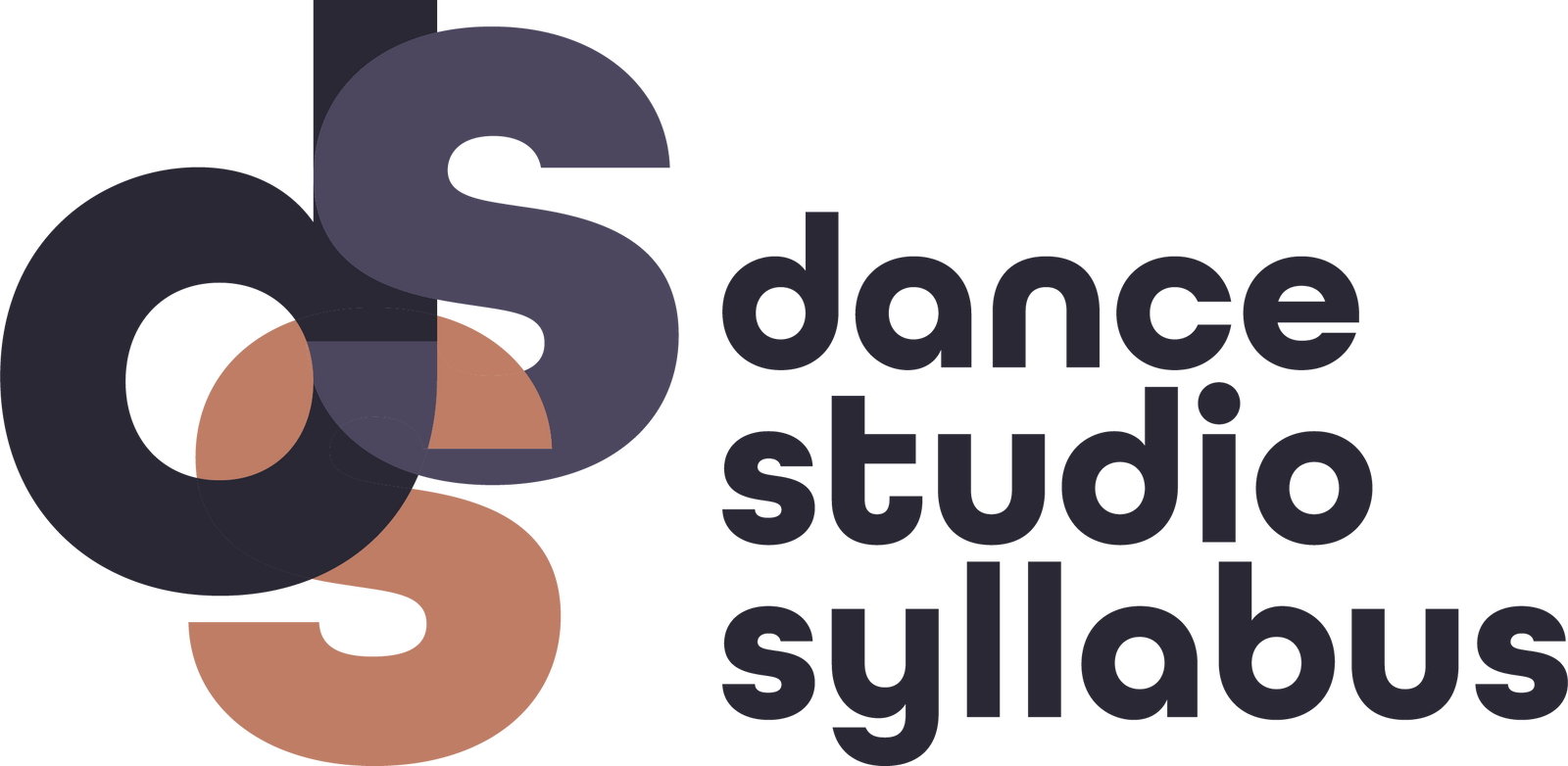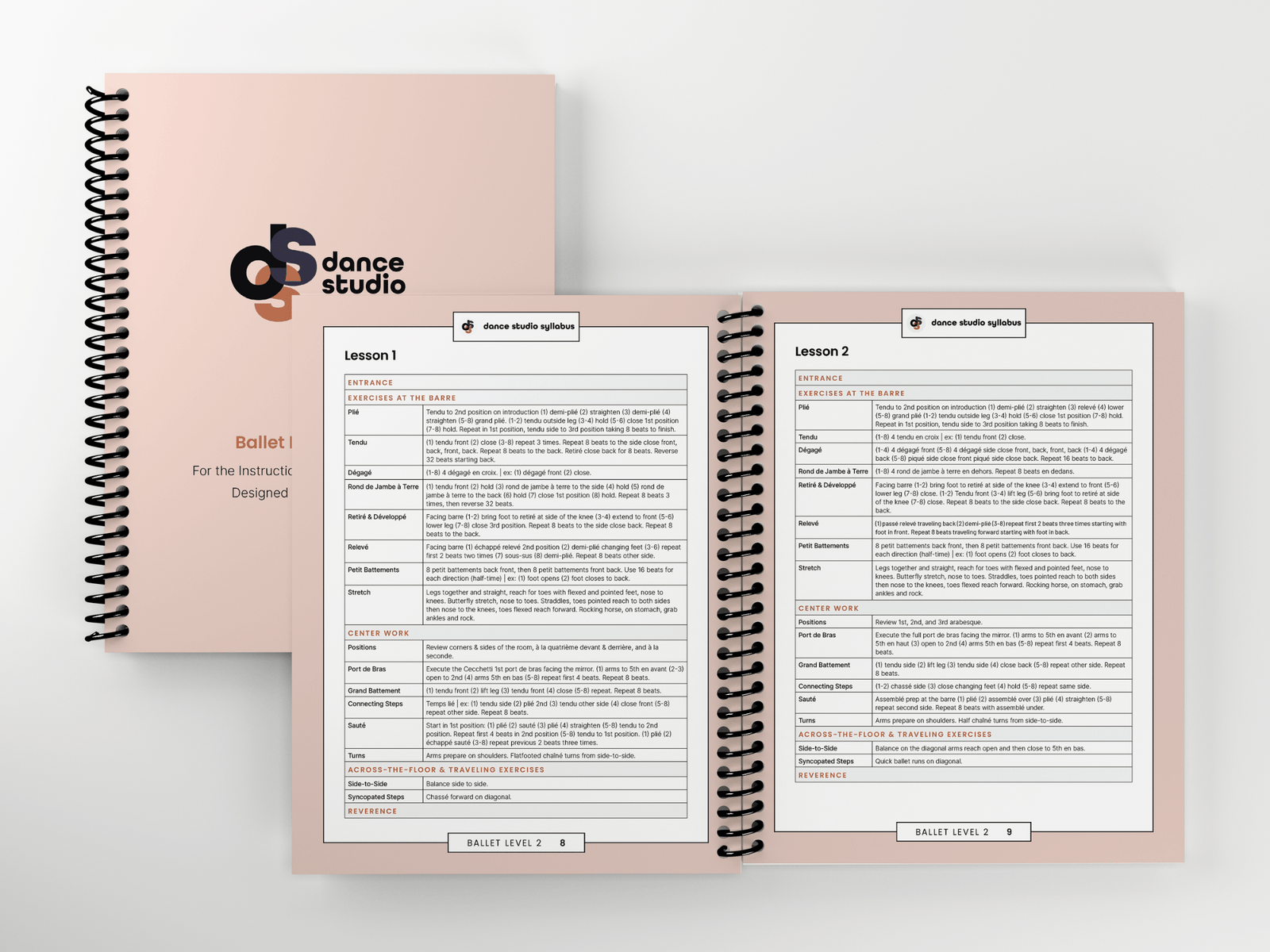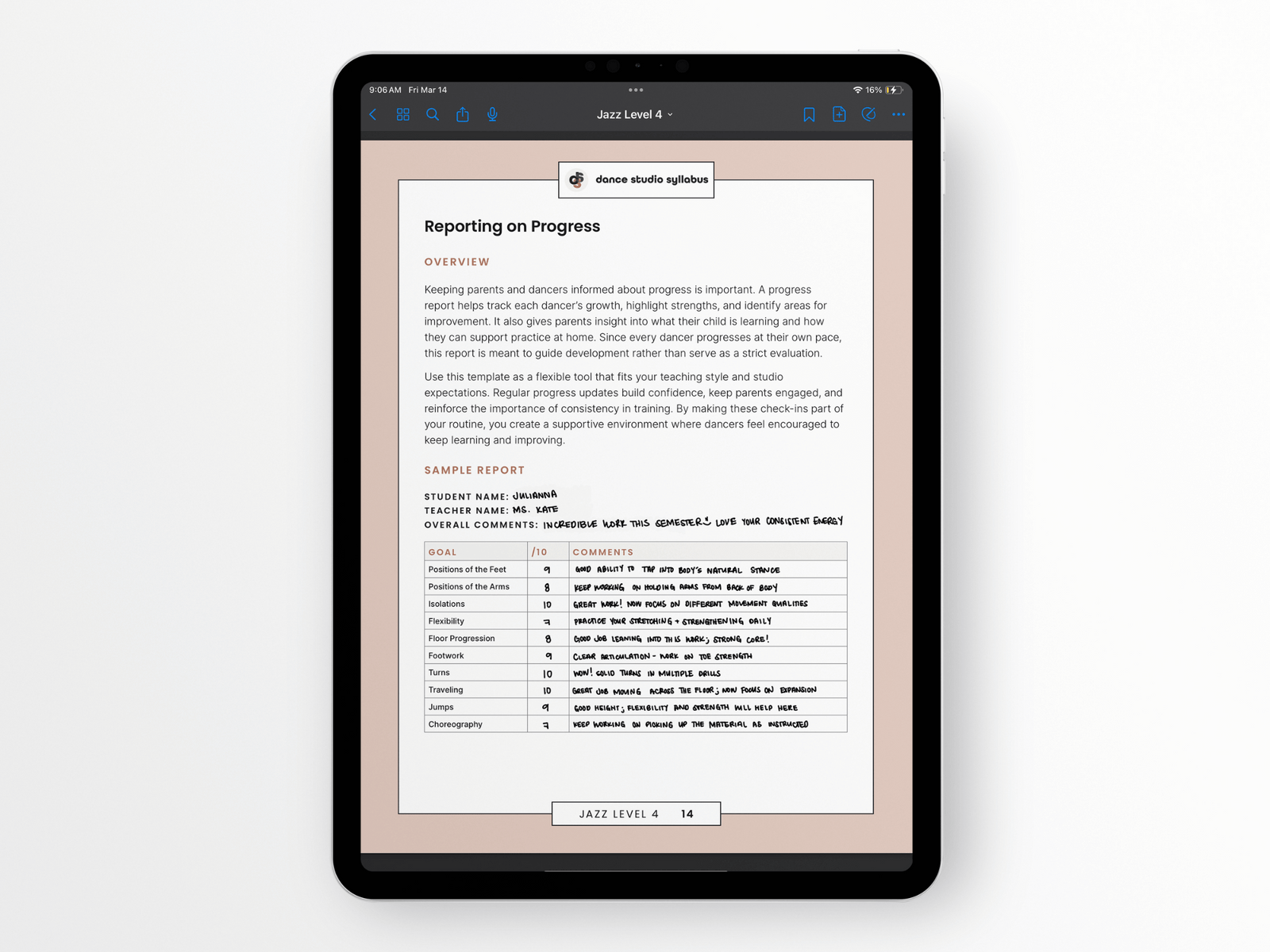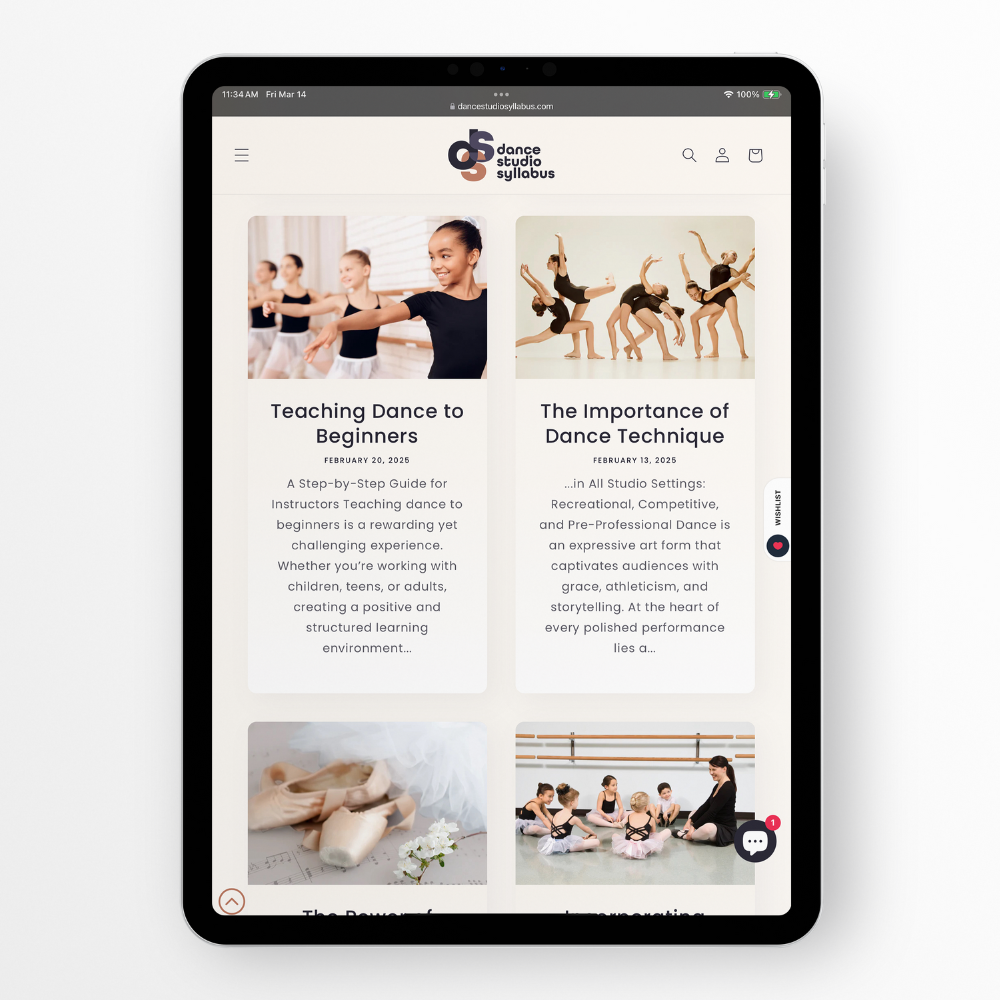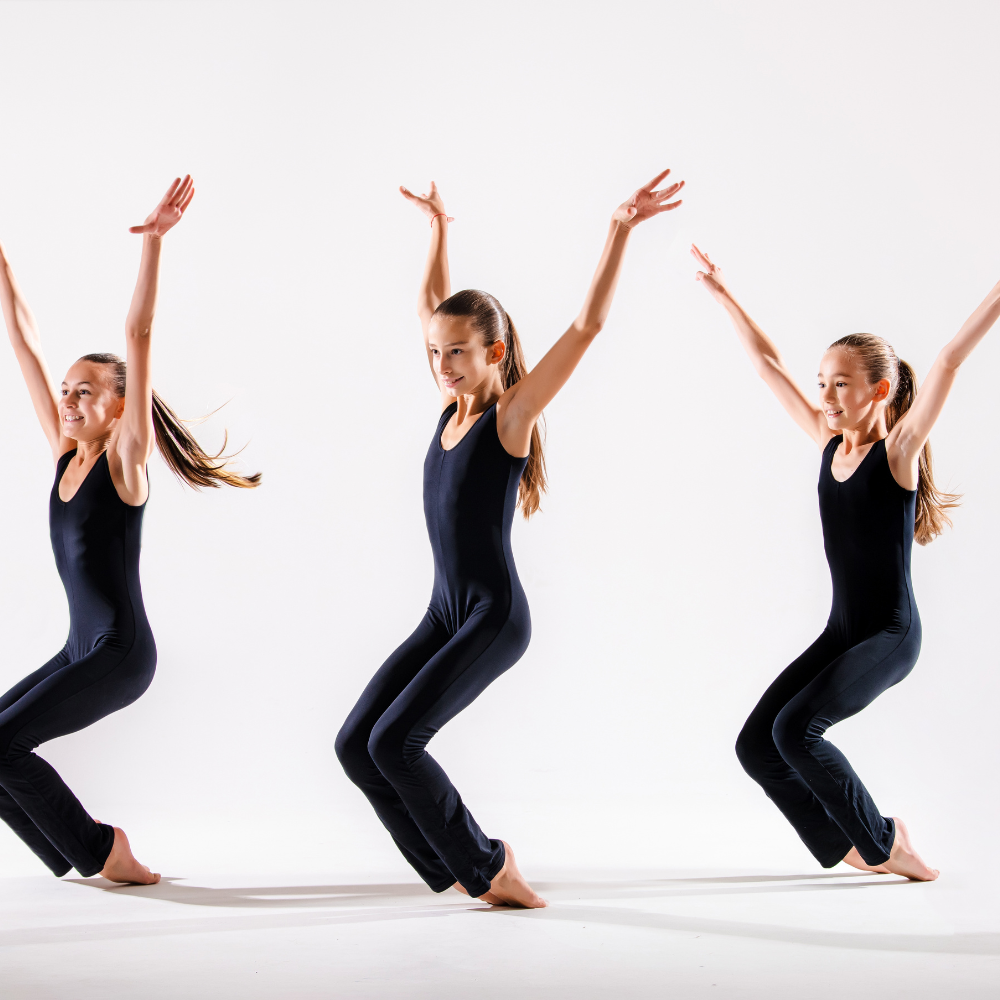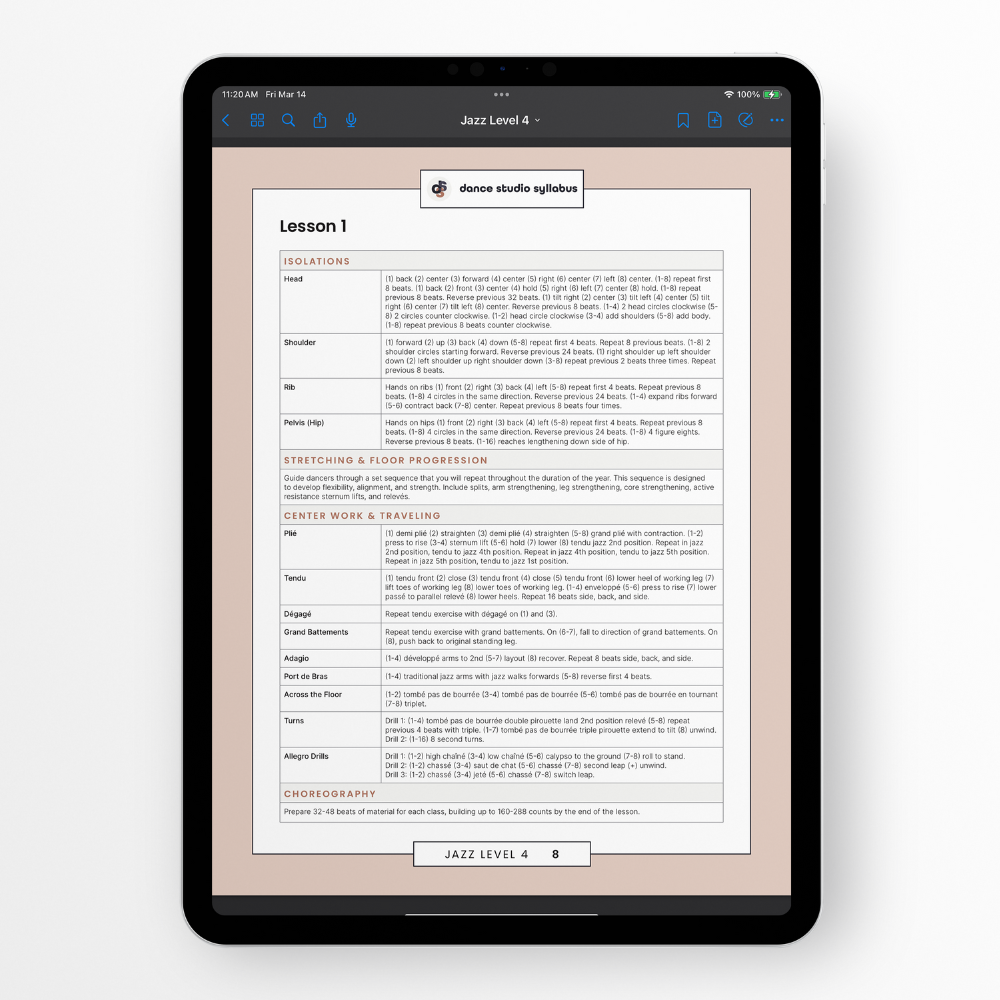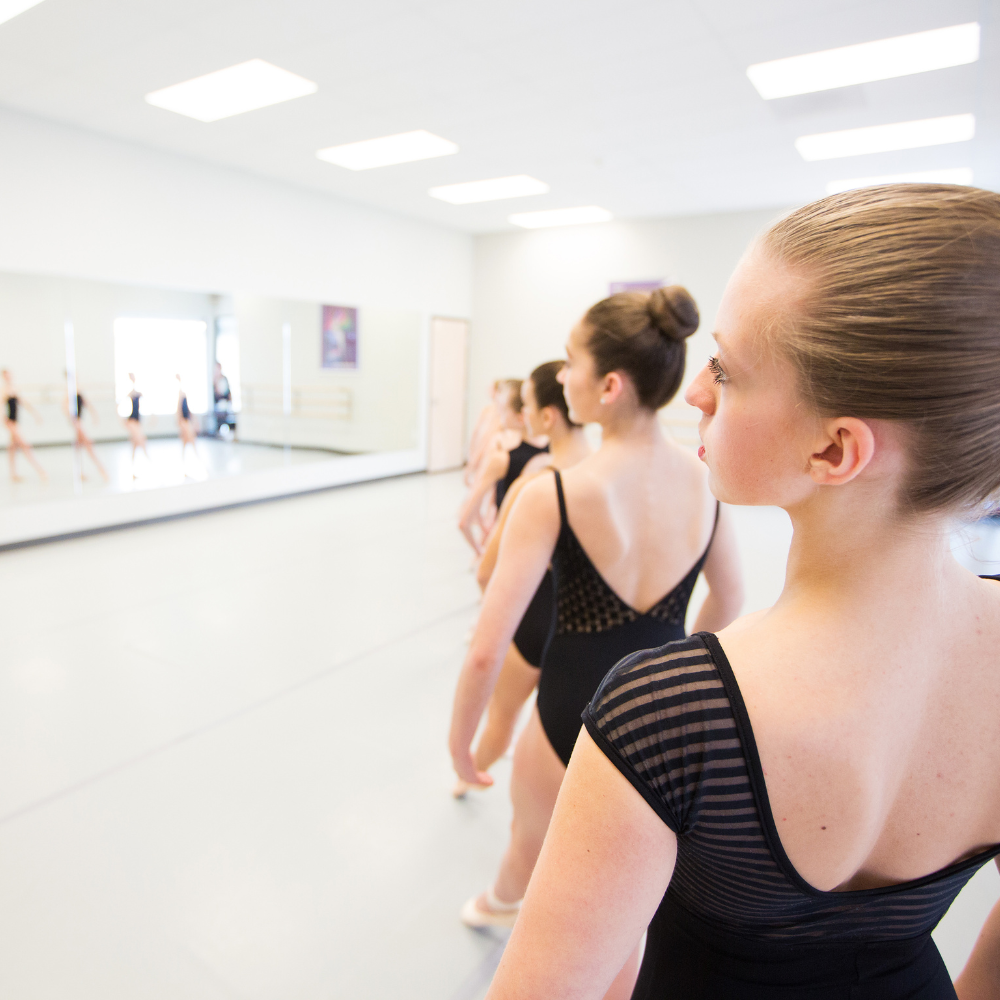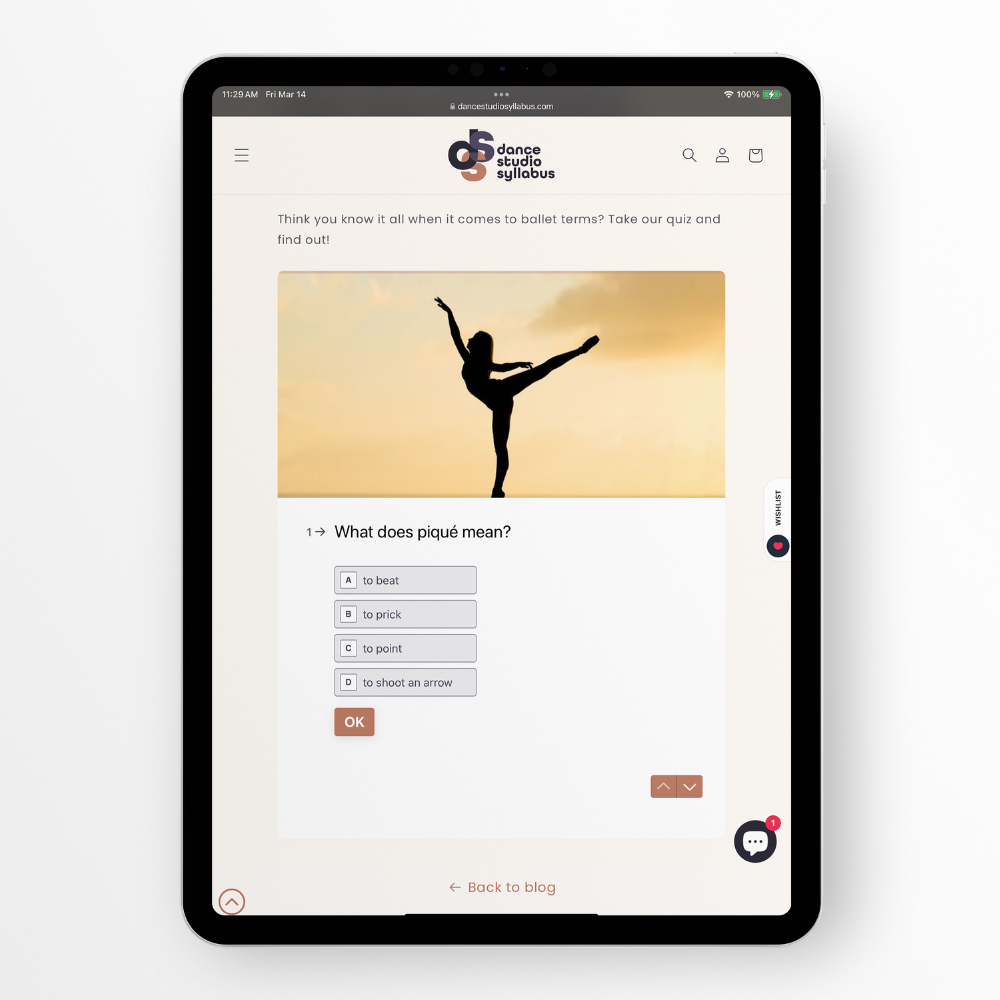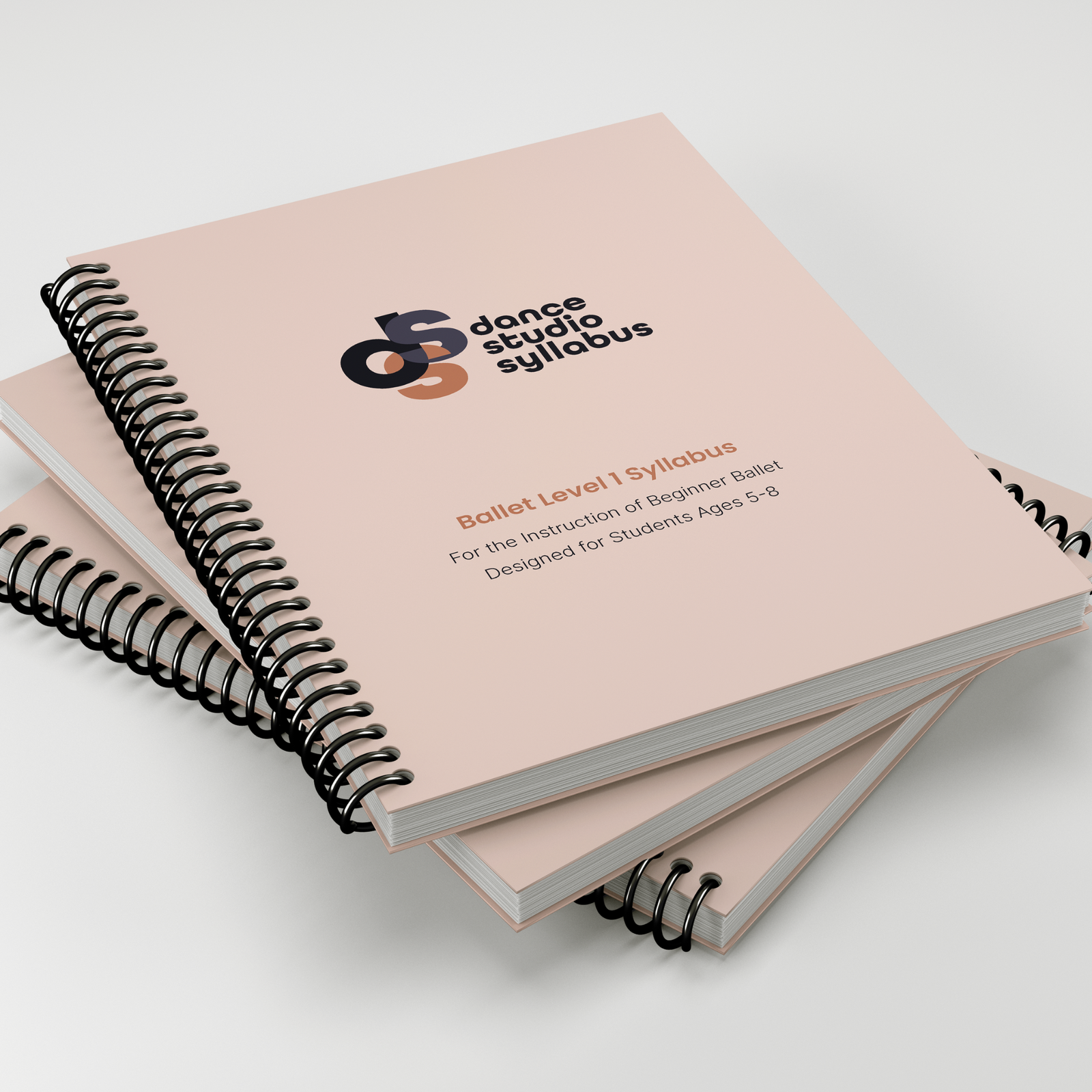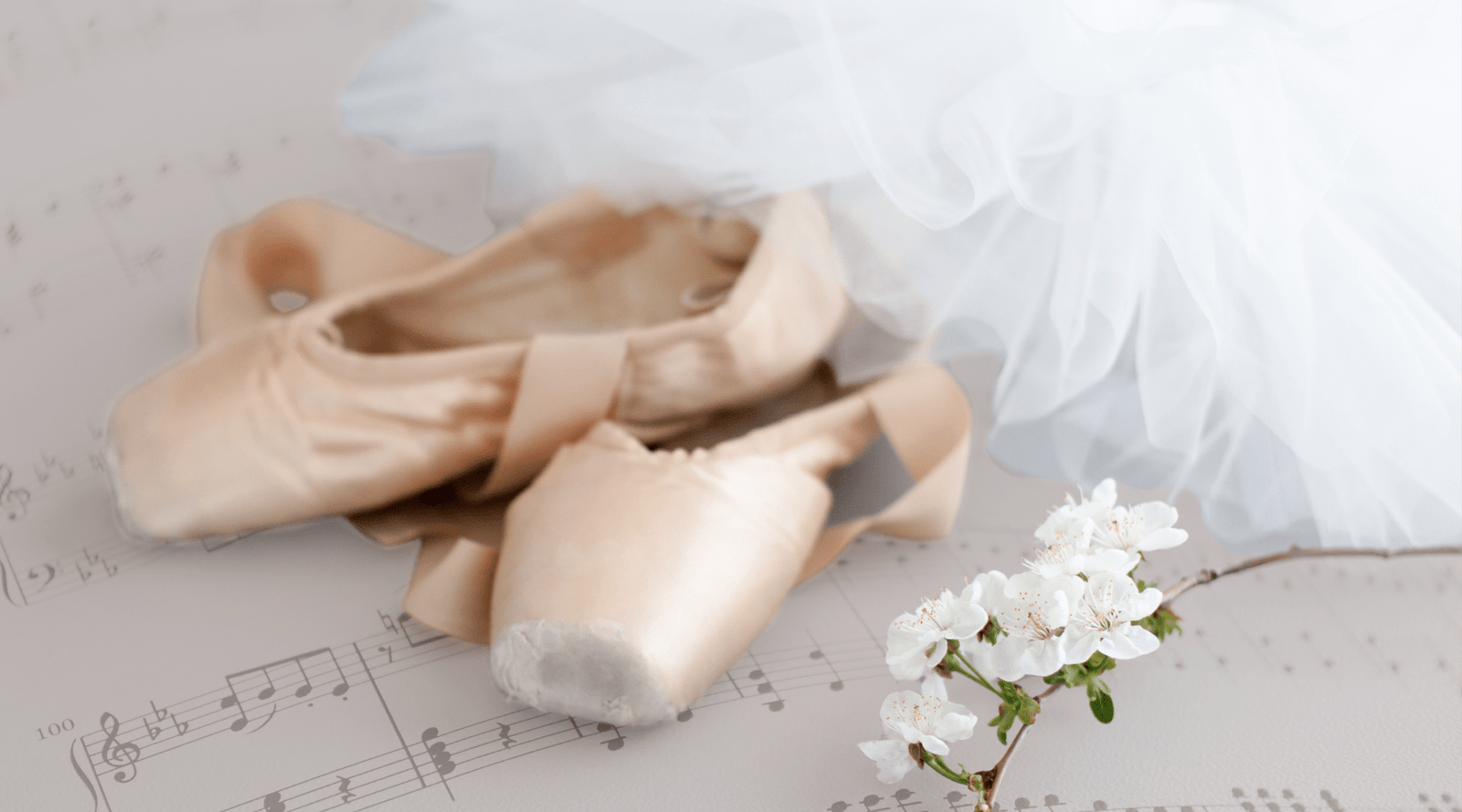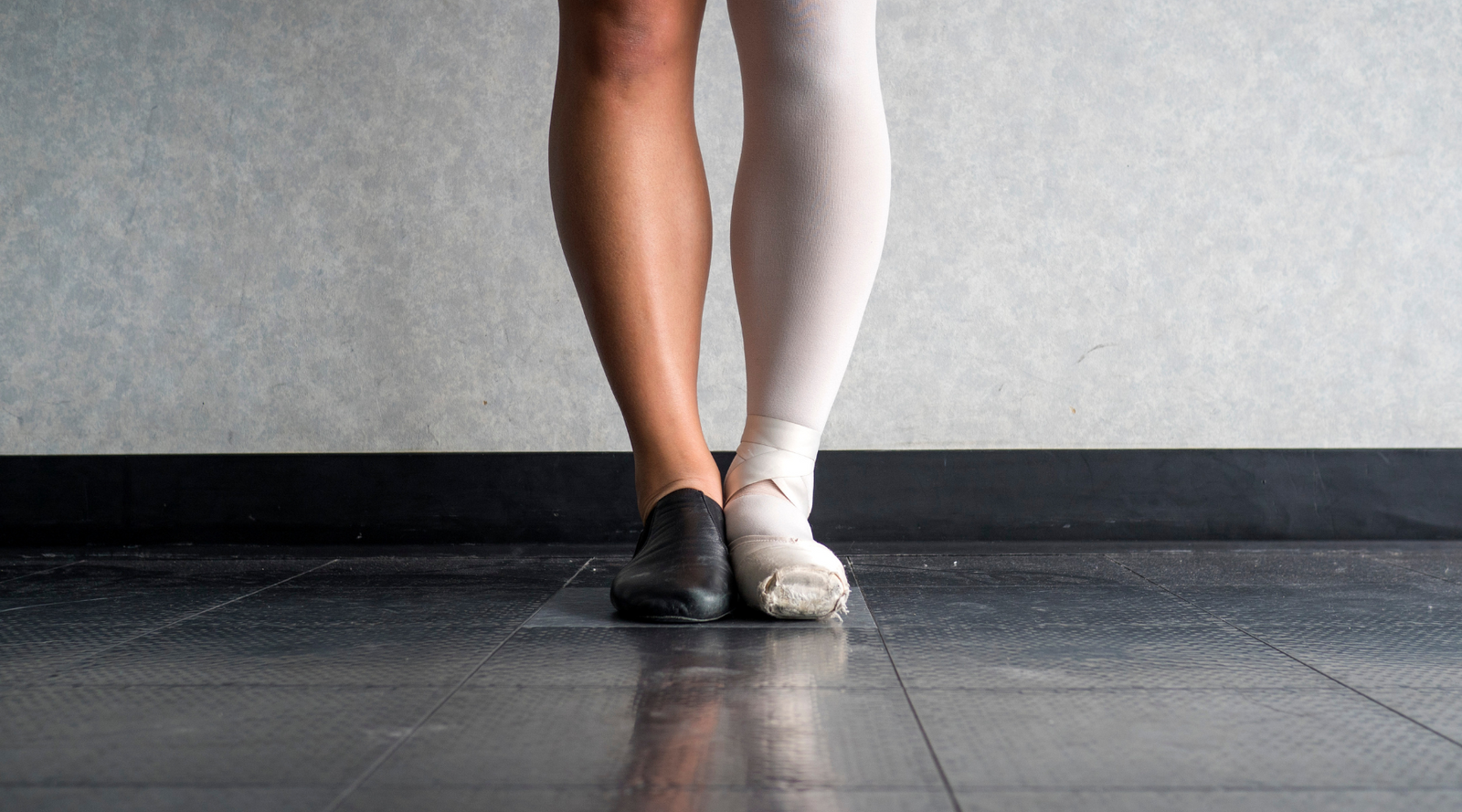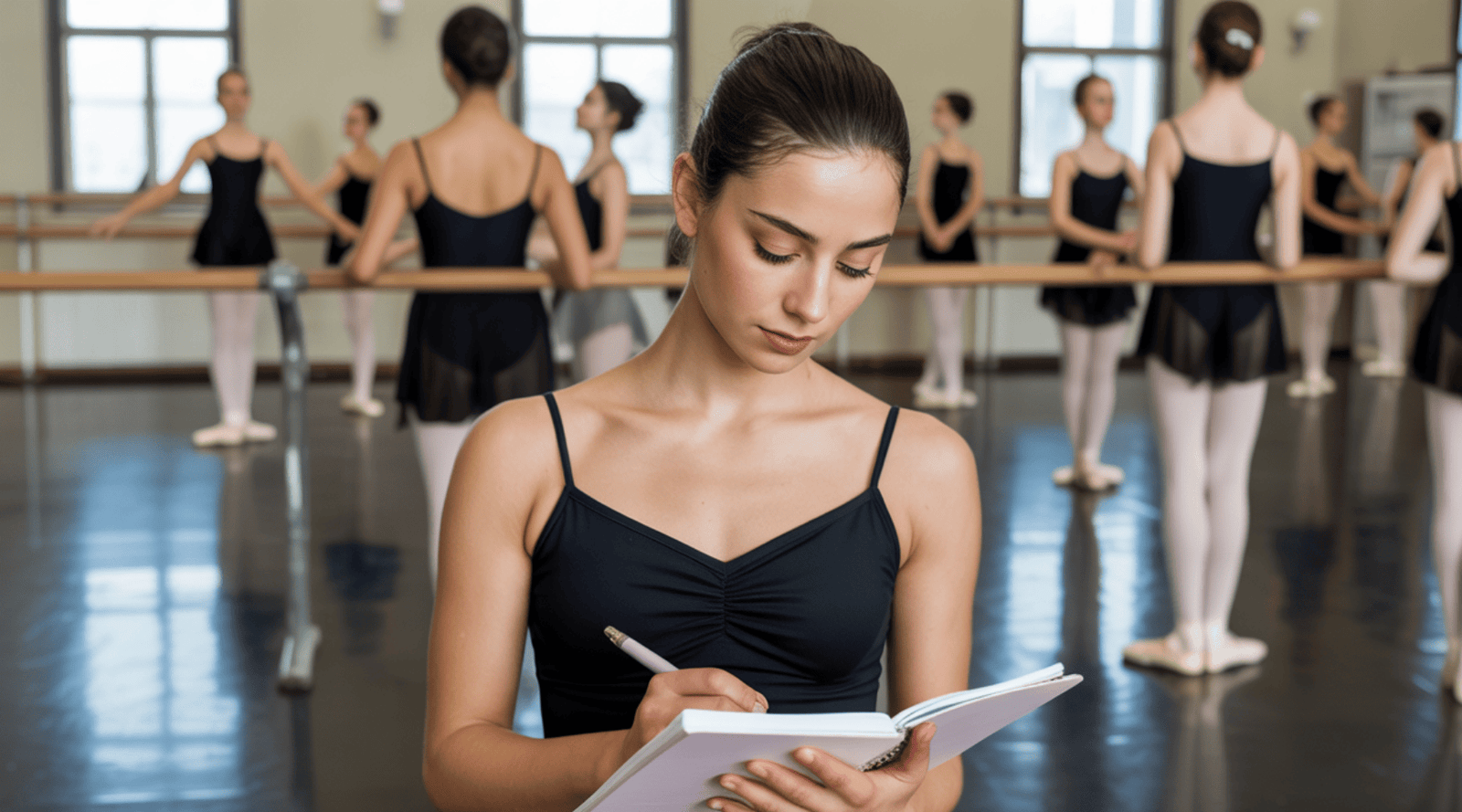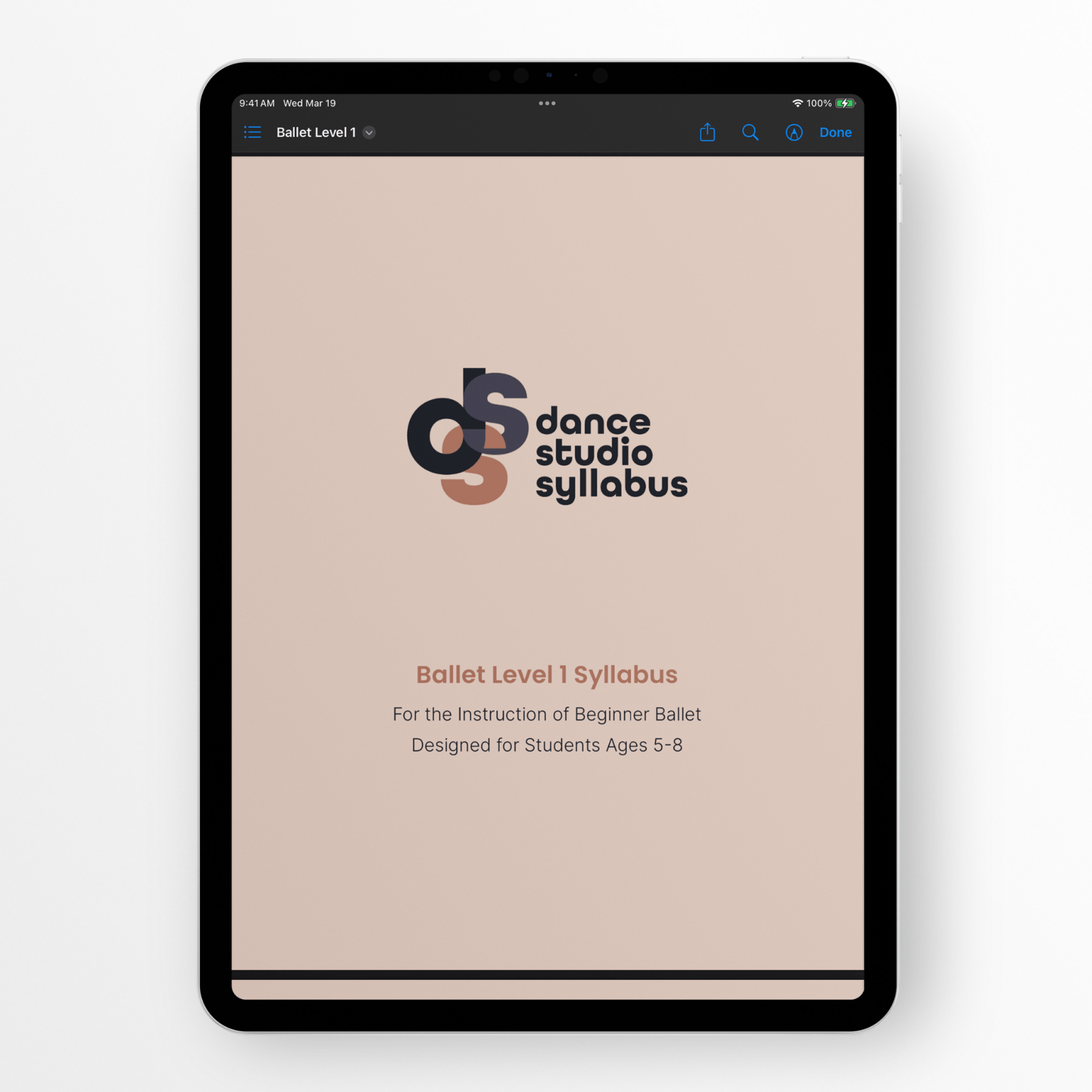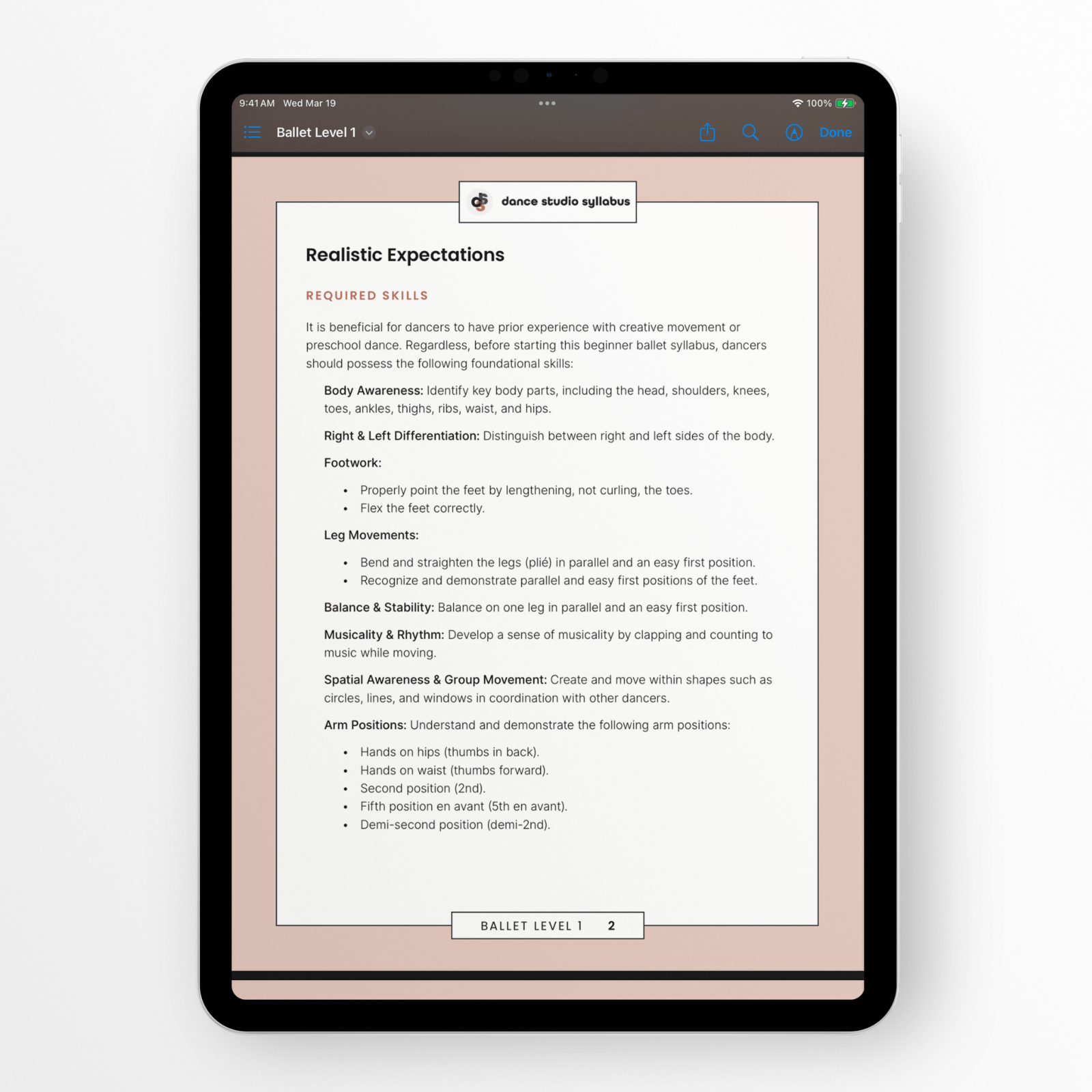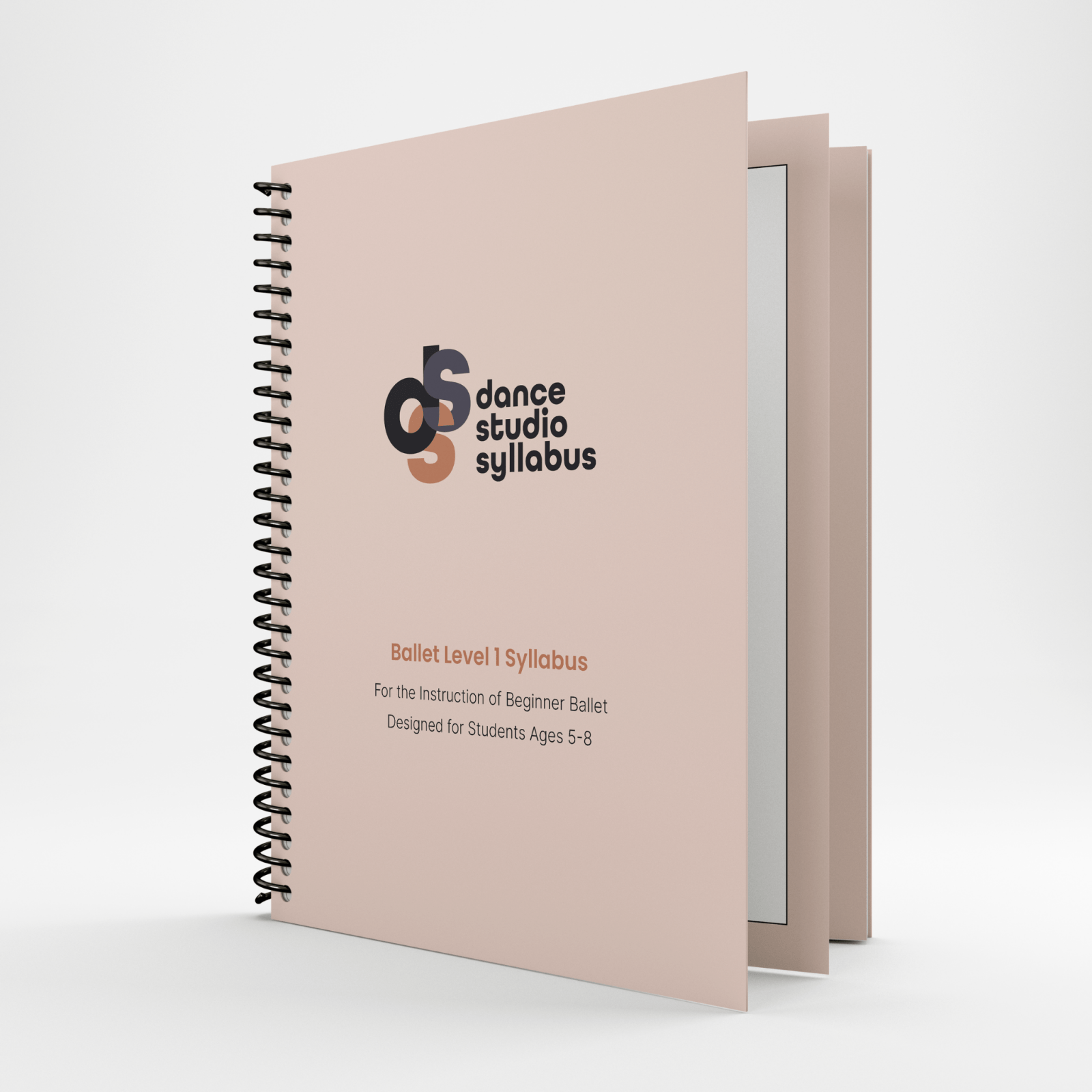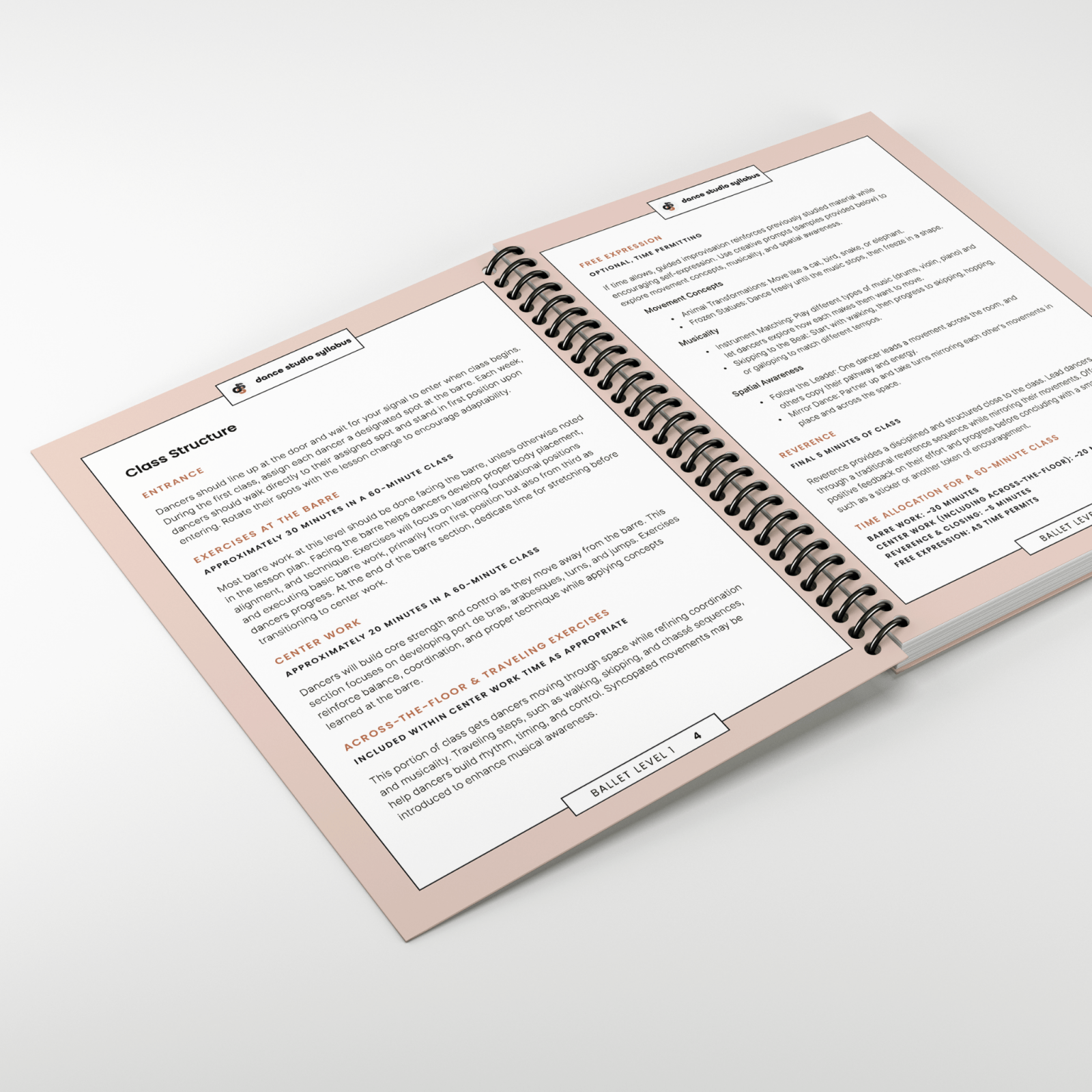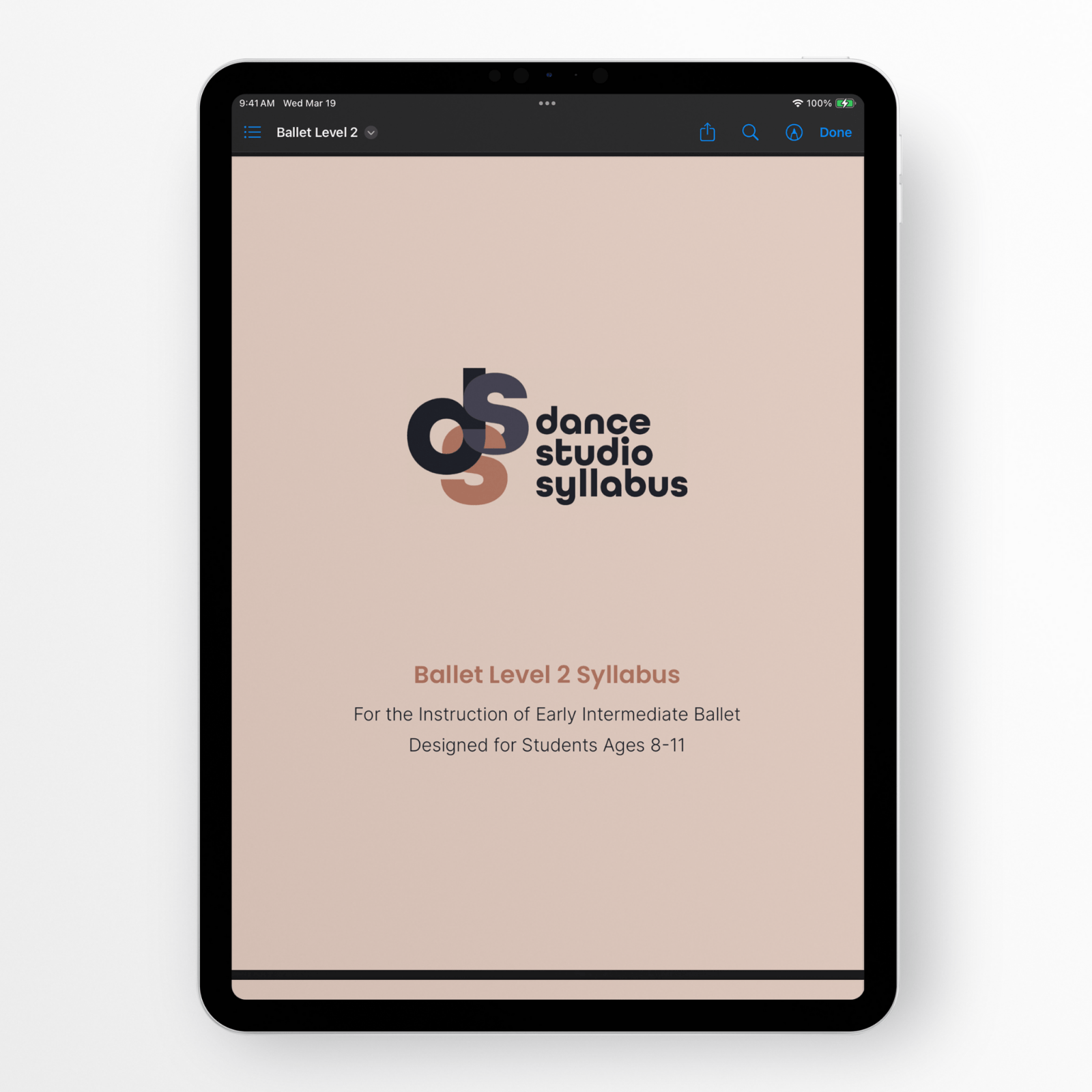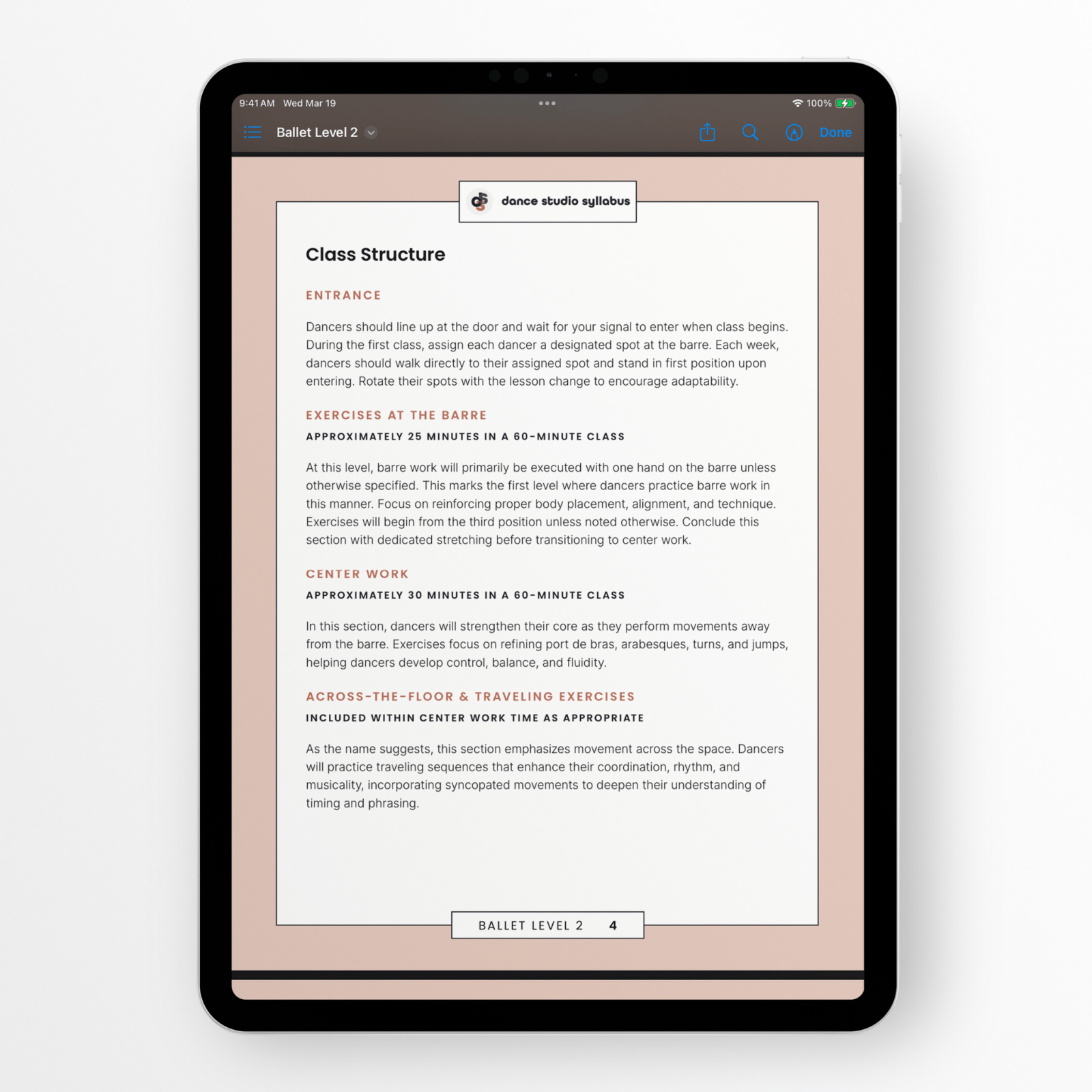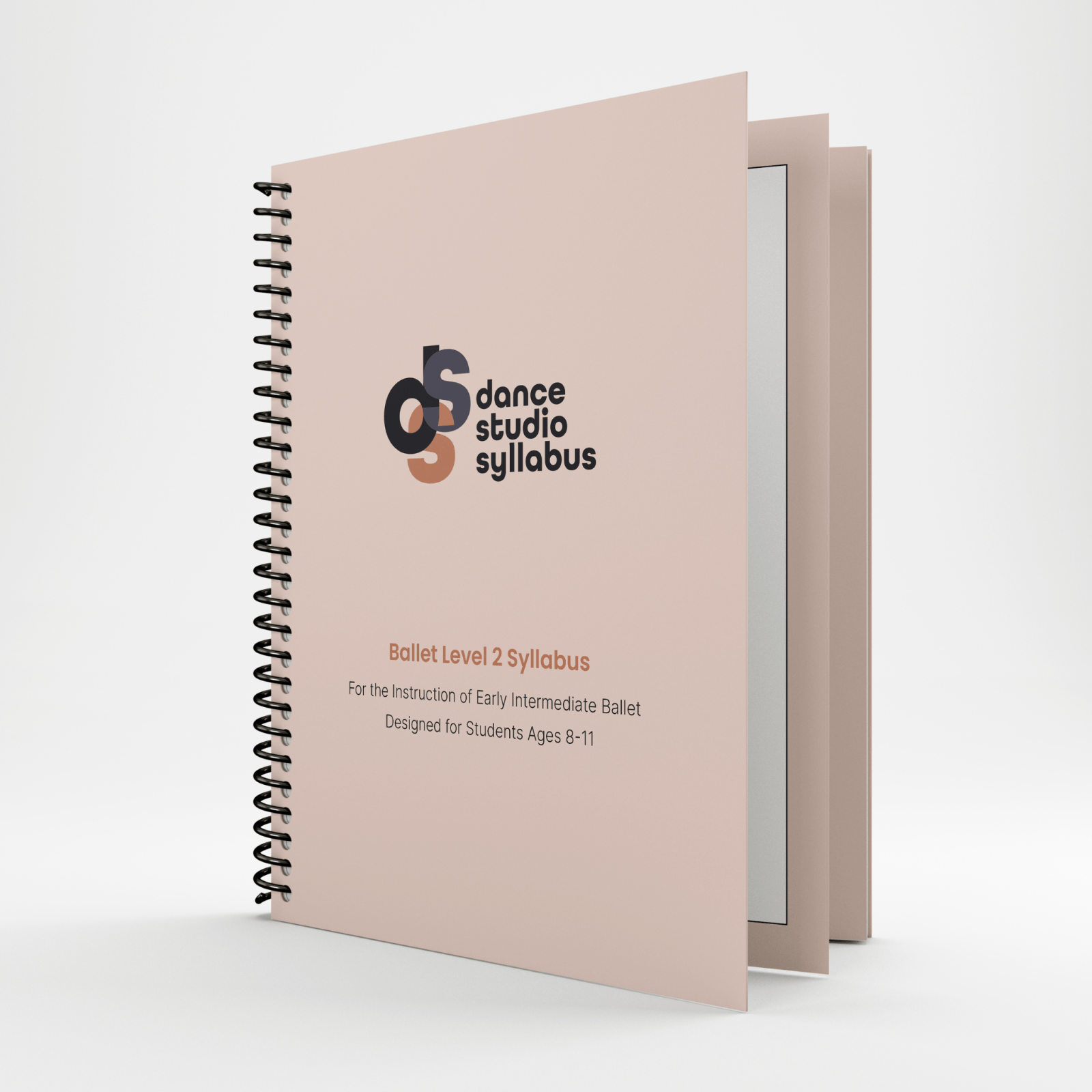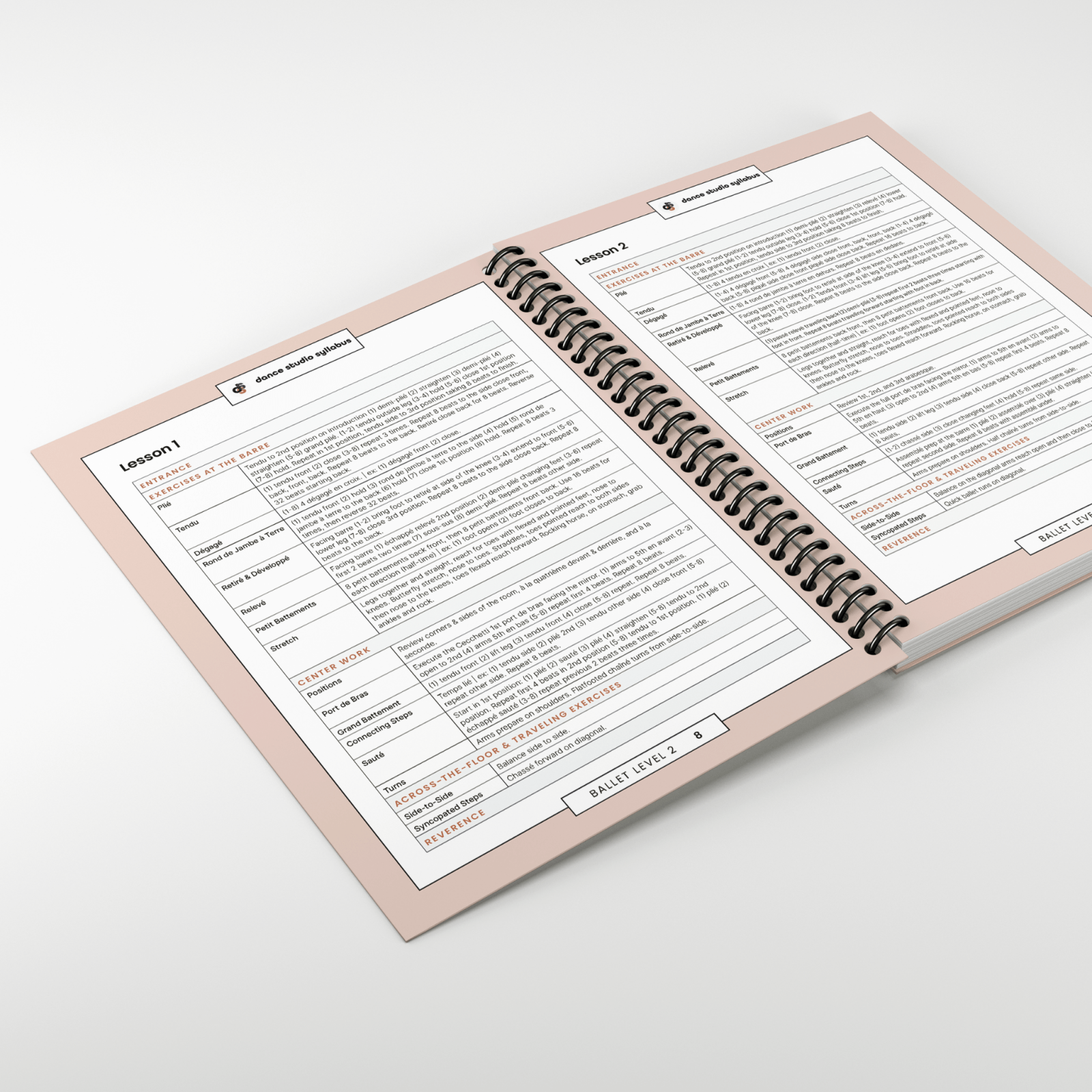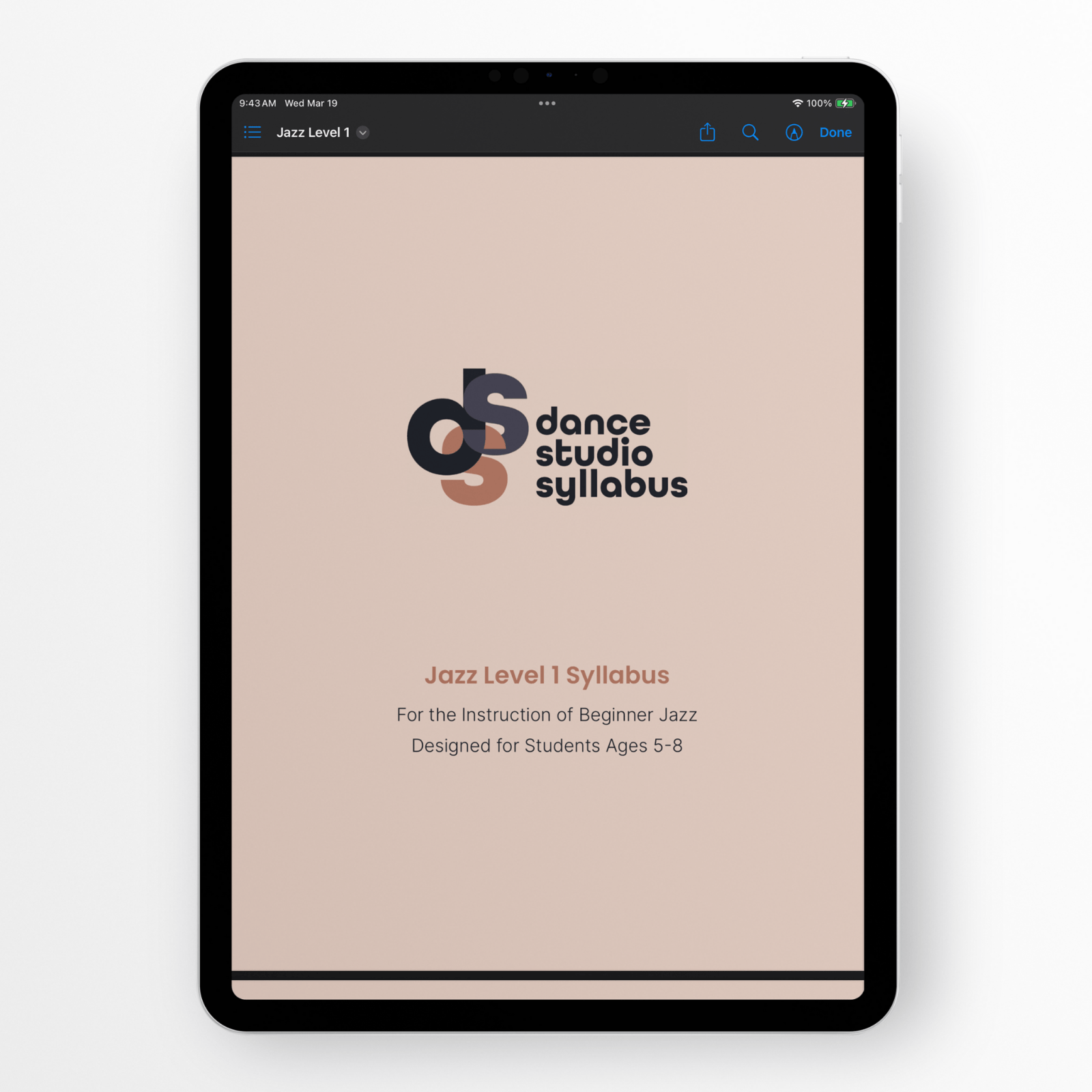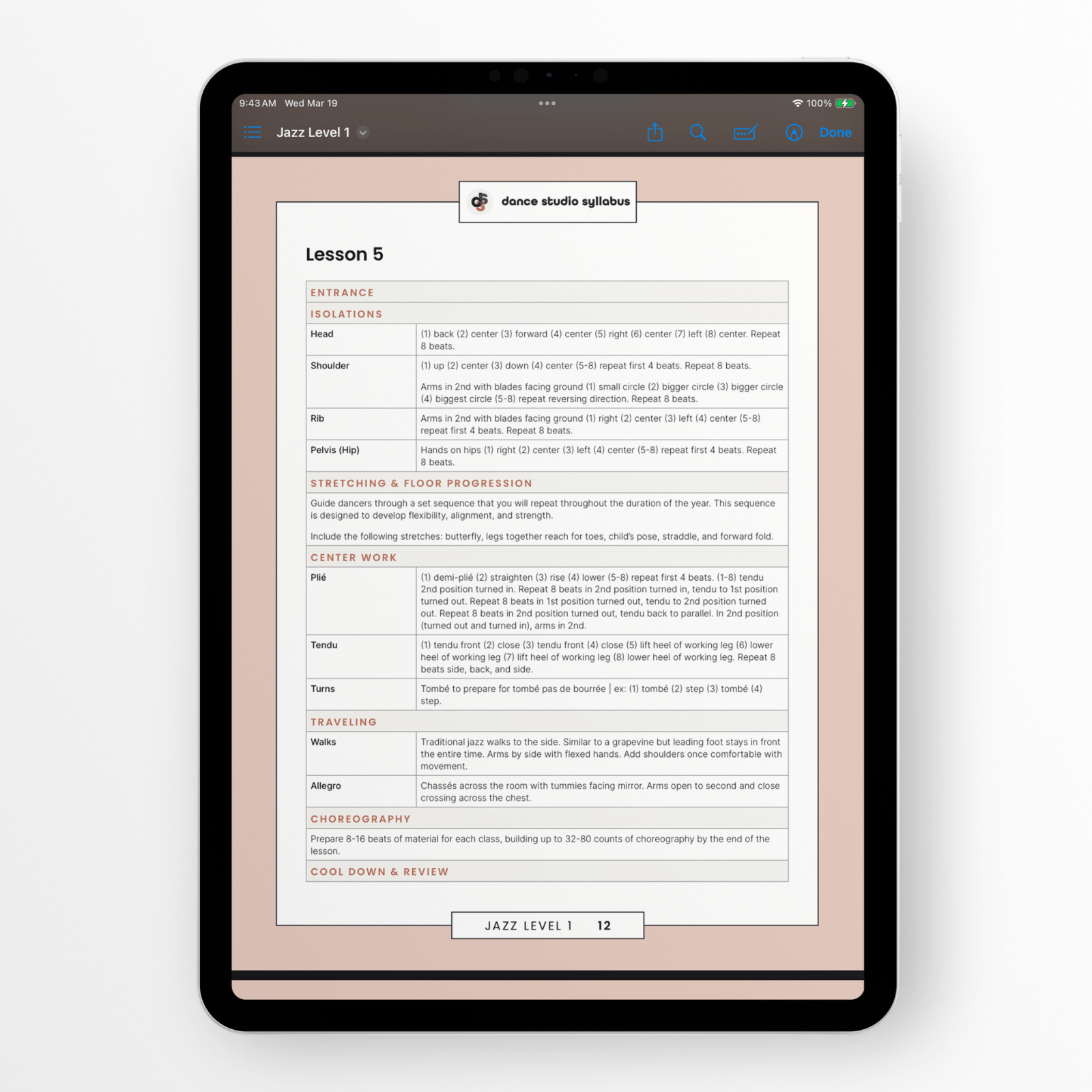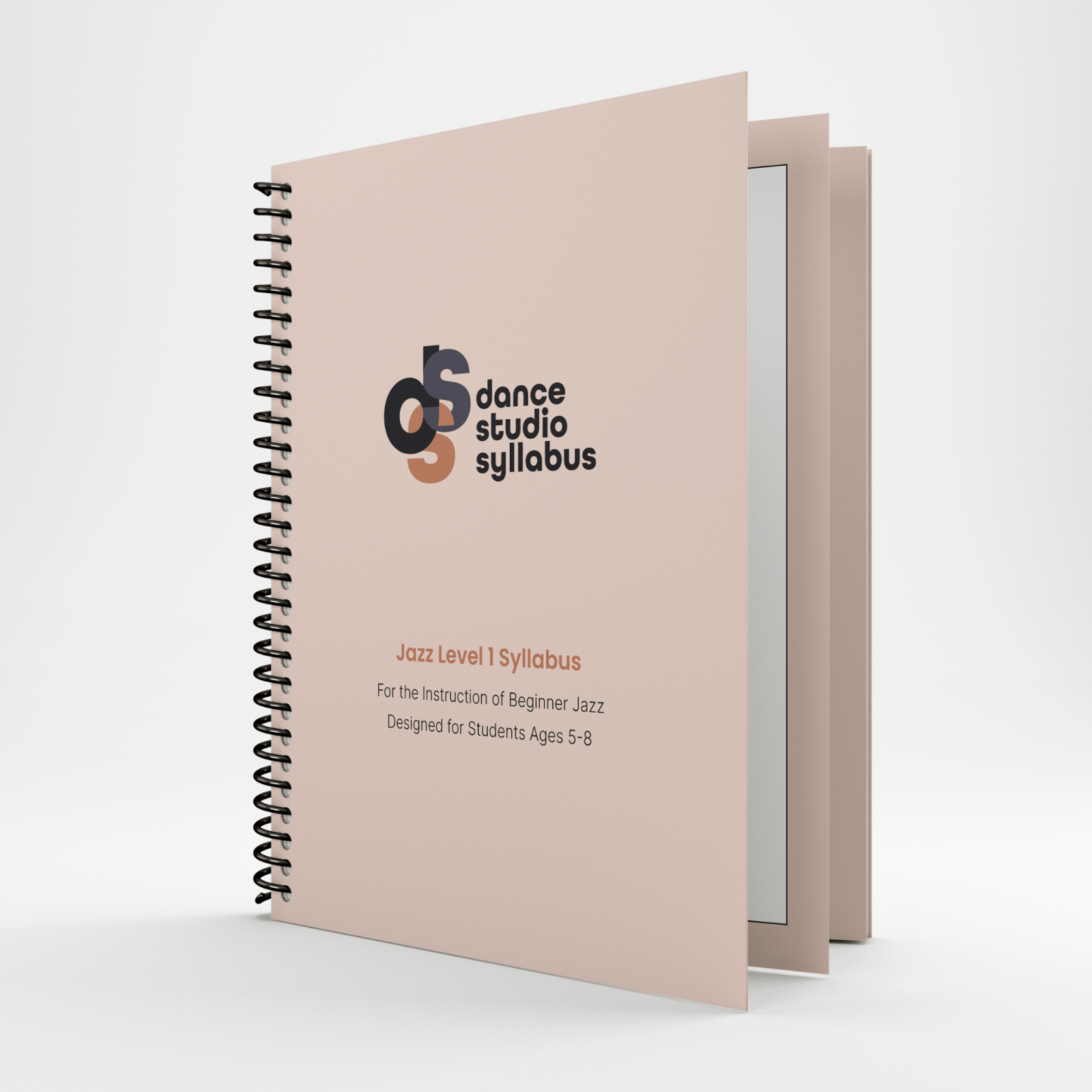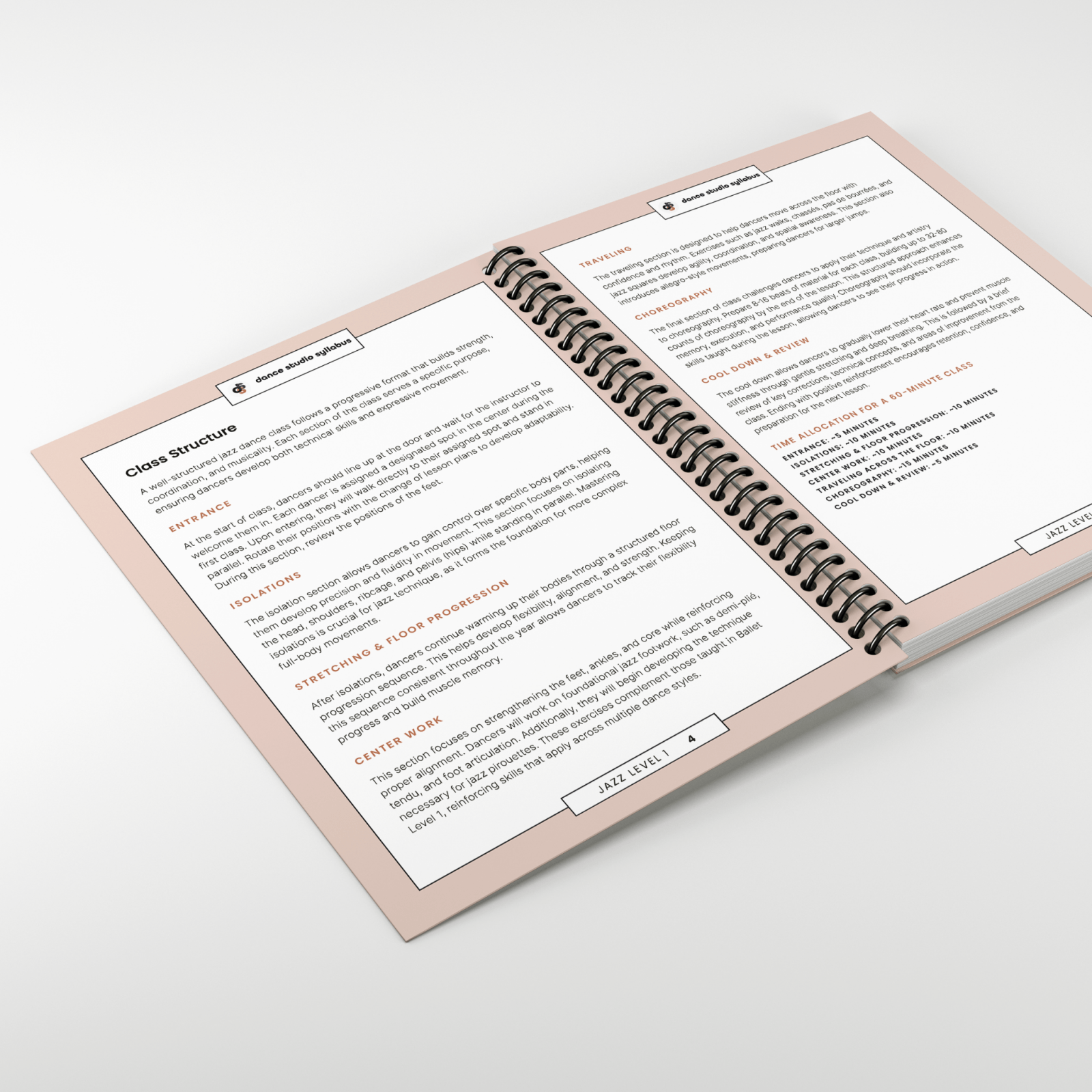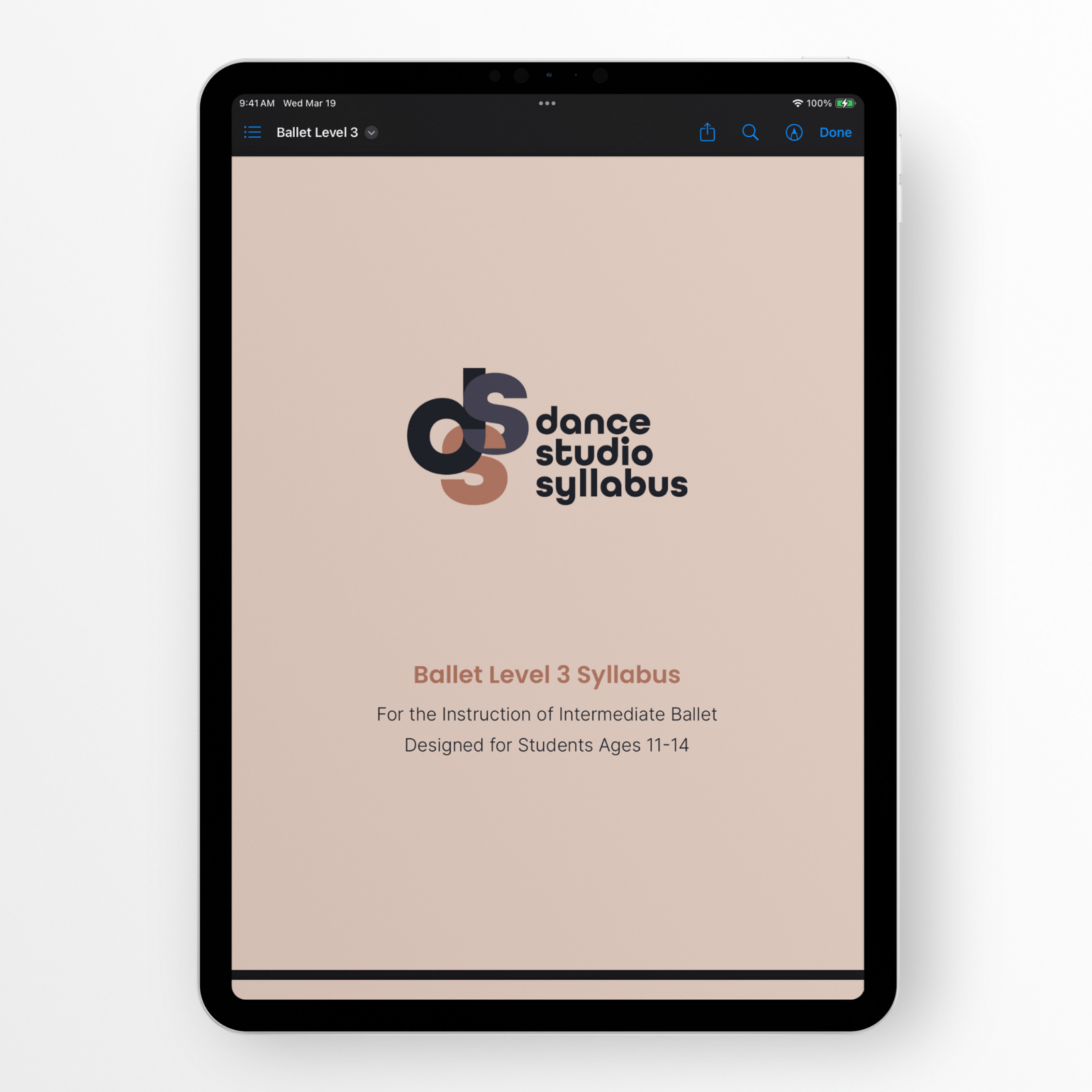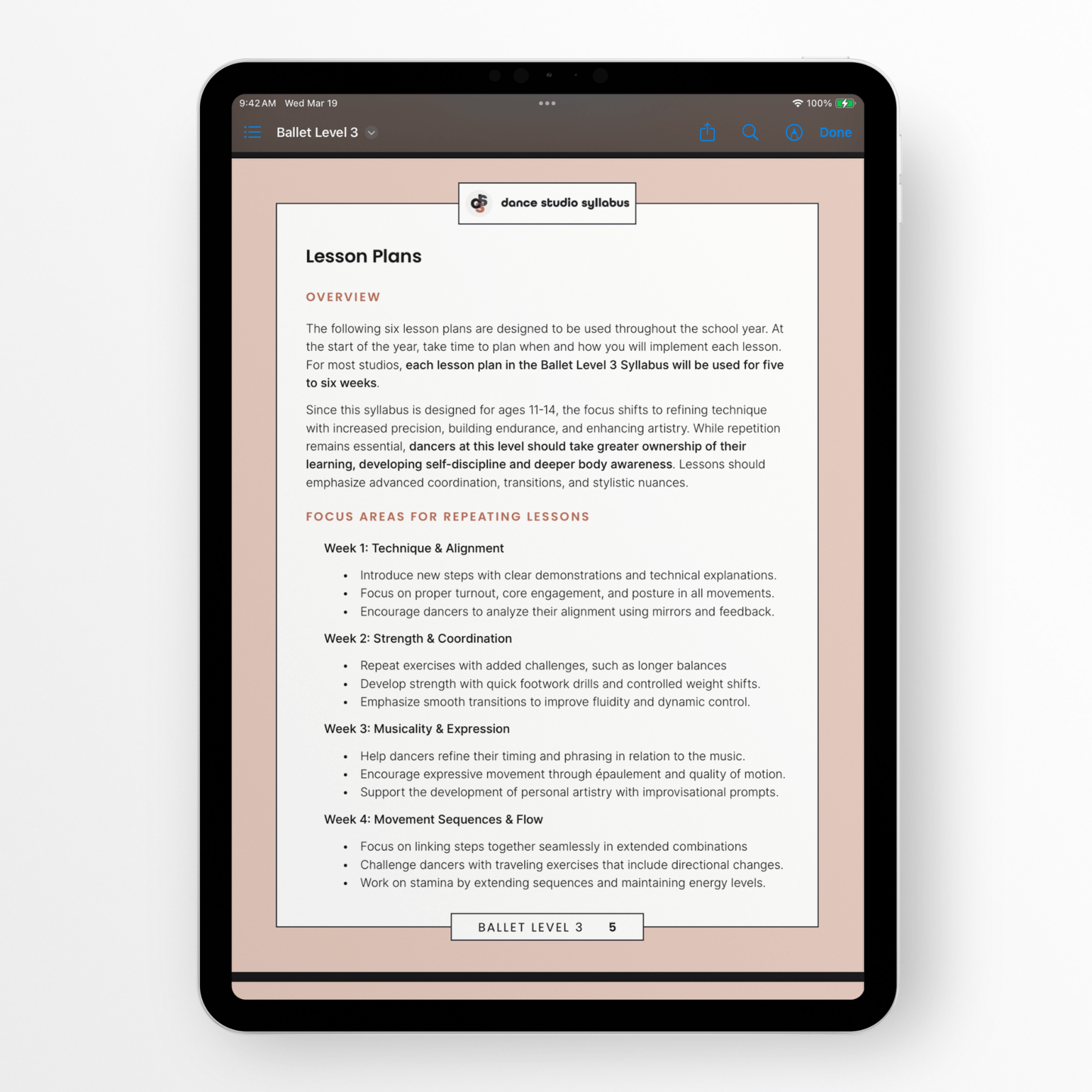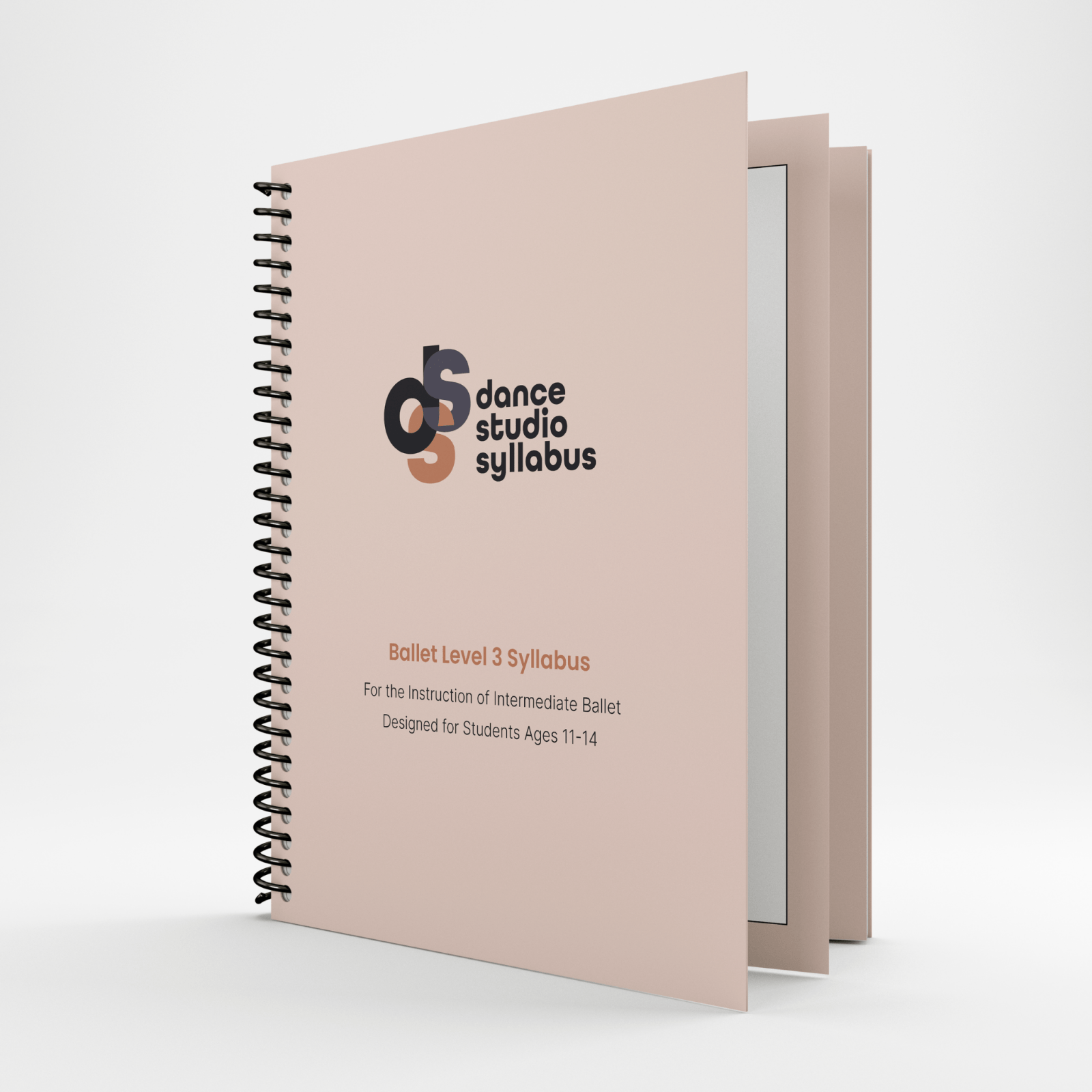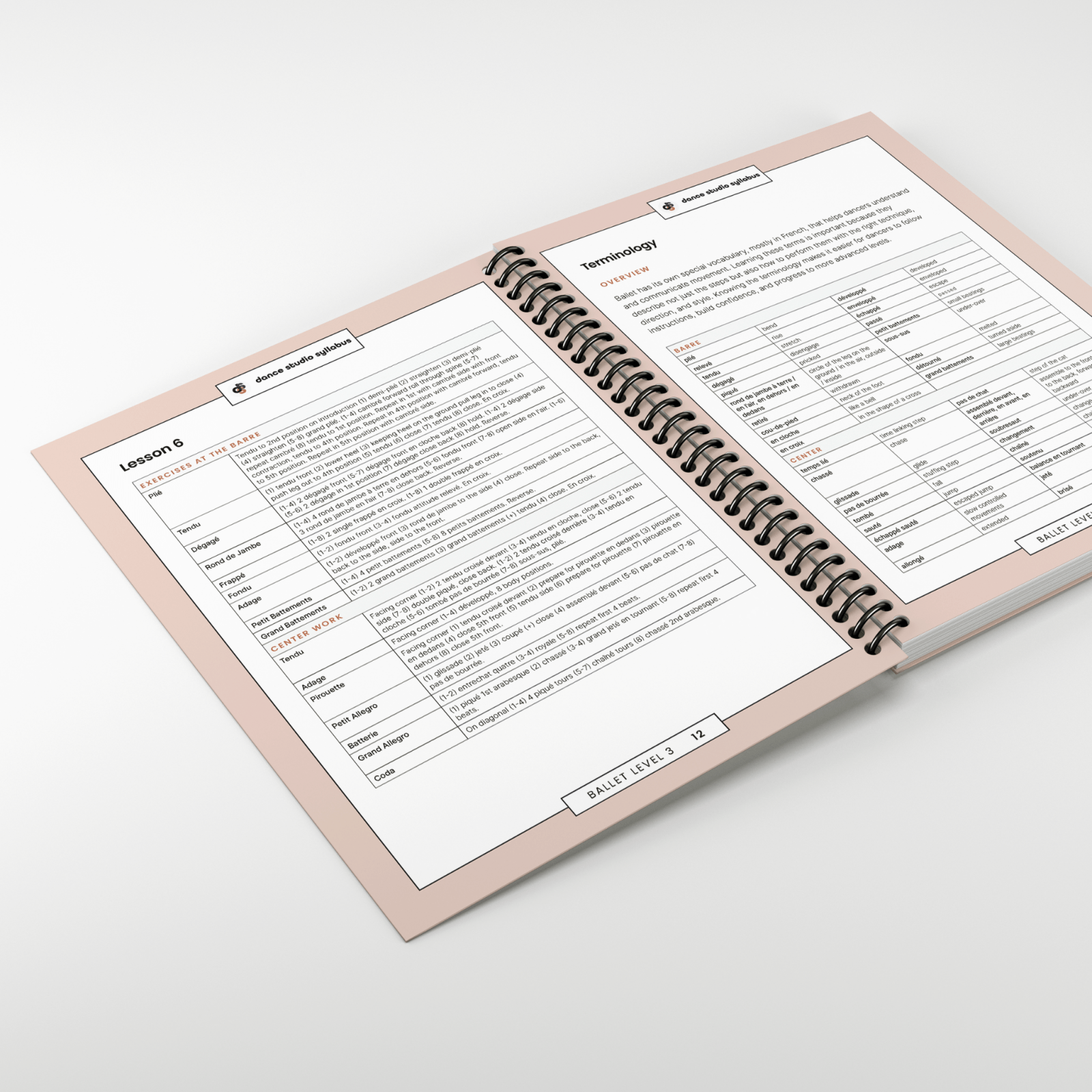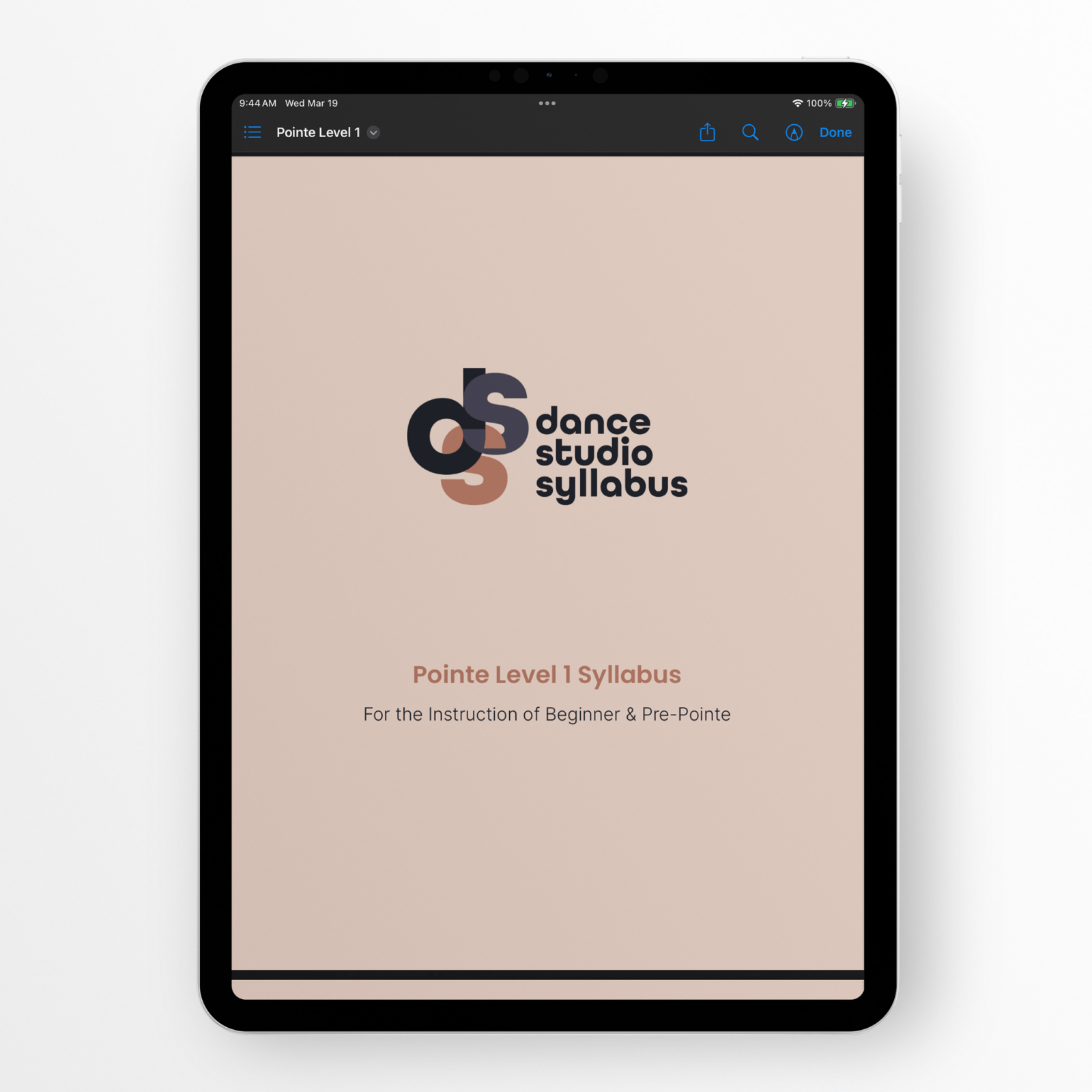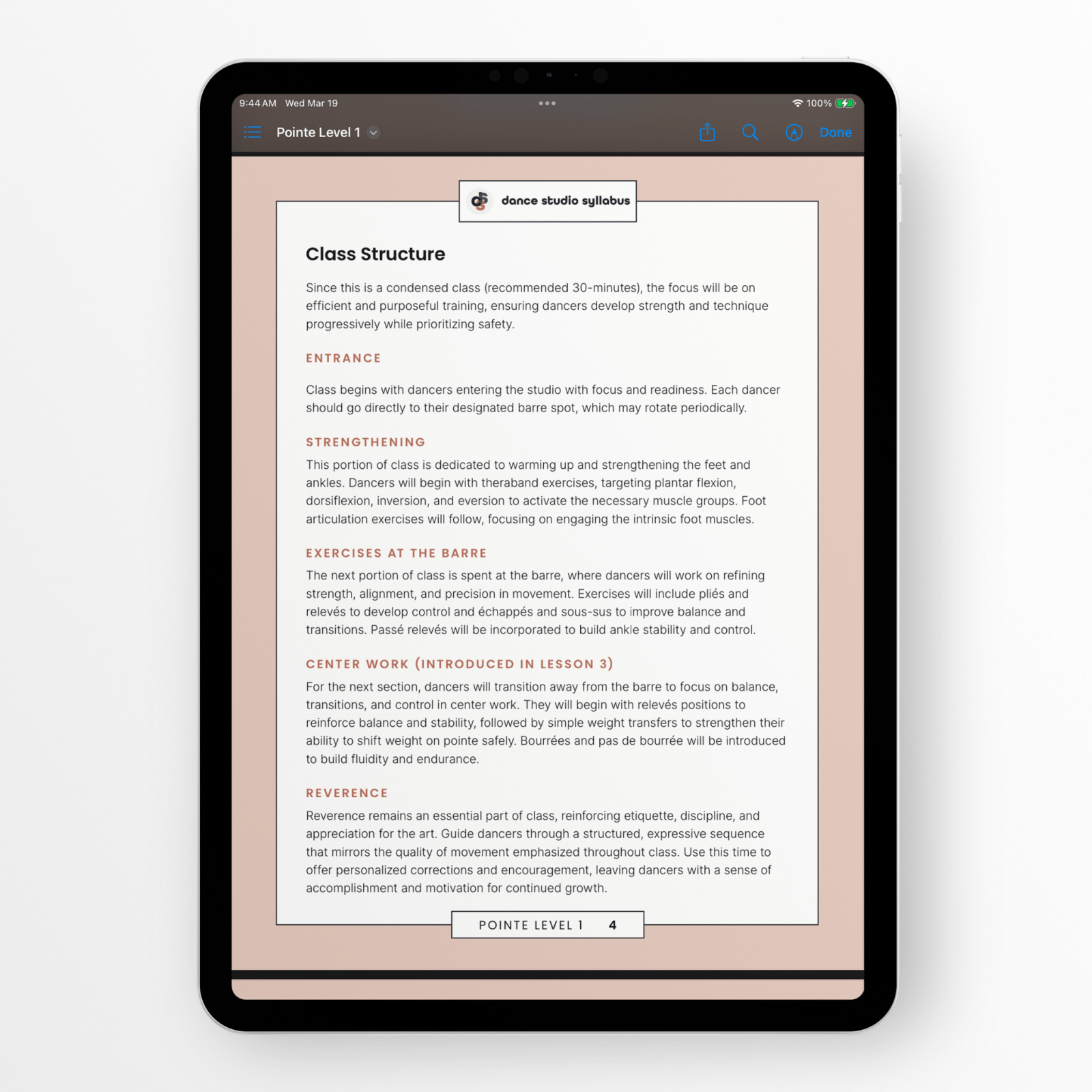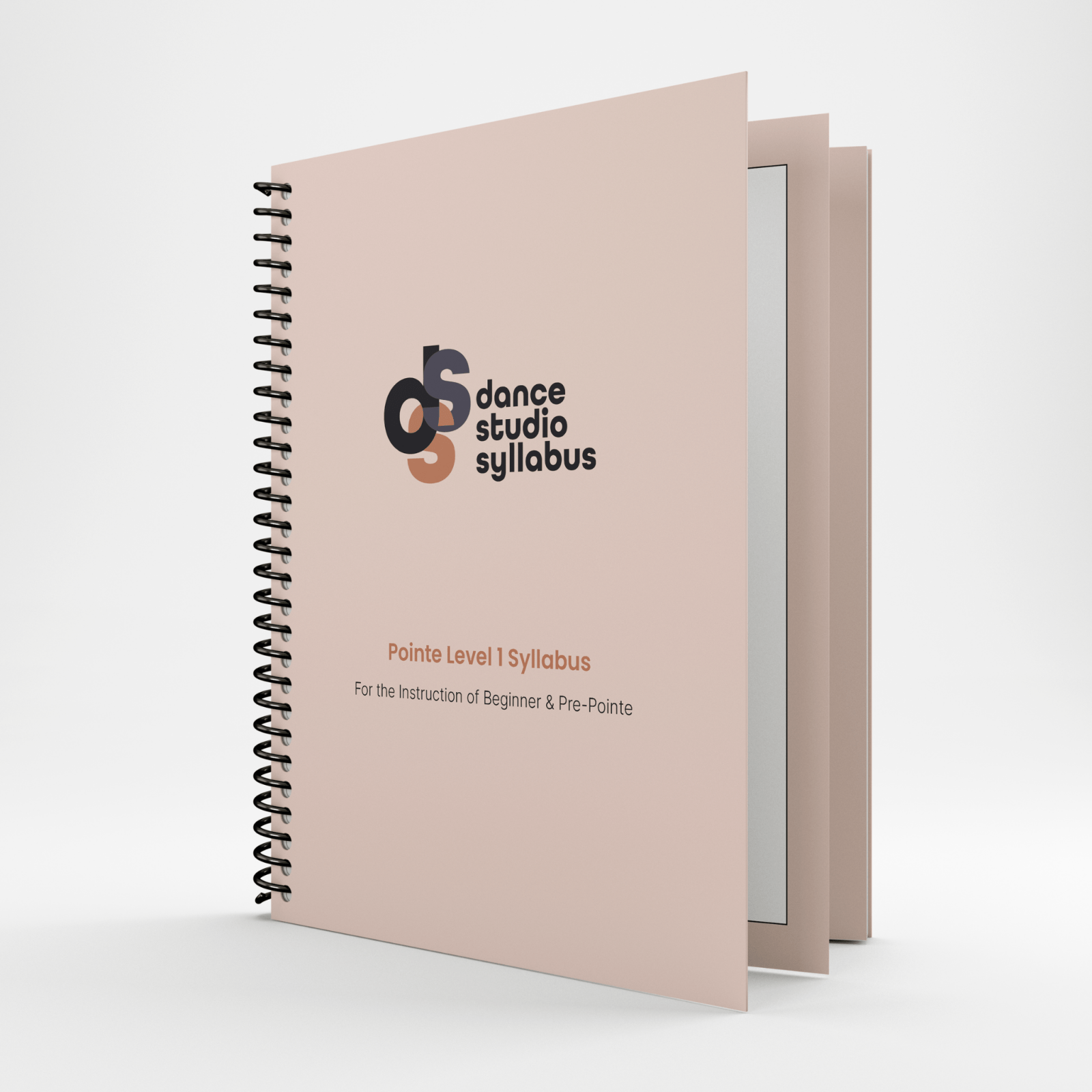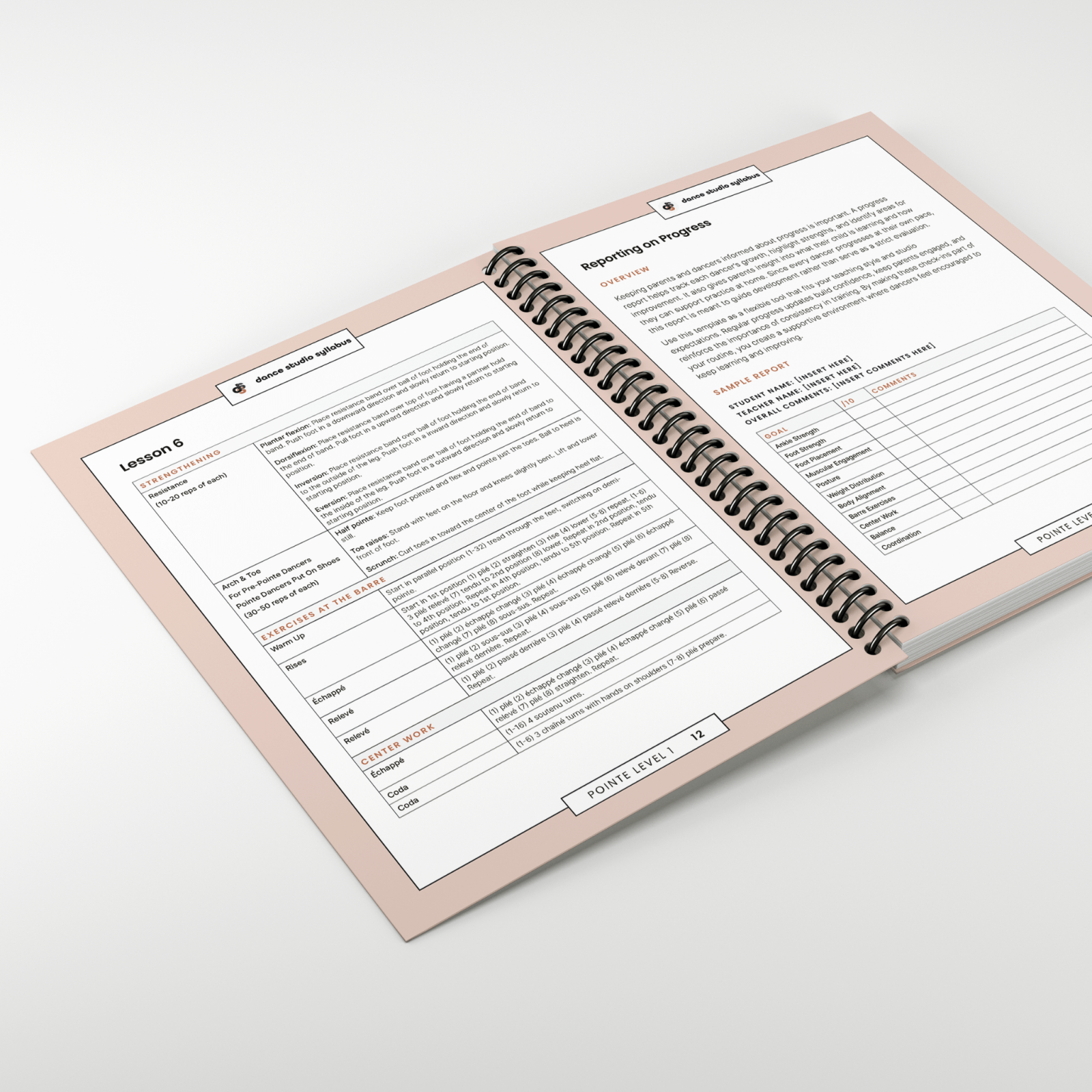How a Dance Curriculum Empowers Educators to Teach This Essential Skill
Musicality is the heartbeat of dance. It’s what transforms a series of steps into an expressive and captivating performance. For dance educators, fostering musicality in students is one of the most rewarding—and challenging—parts of their job. Teaching students to connect movement with music not only enhances their technique but also deepens their artistry and emotional connection to dance.
So, how can educators prioritize musicality in their classes while juggling lesson planning, technique training, and choreography? The answer lies in implementing a structured dance curriculum.
Why Musicality Matters in Dance
Musicality is more than just dancing to the beat. It’s the ability to interpret music through movement, responding to rhythm, dynamics, phrasing, and emotional tone. Students with strong musicality stand out because they can bring choreography to life, making their performances engaging and memorable.
Teaching musicality helps dancers:
- Build emotional connection:Encourages students to express feelings through movement.
- Enhance timing and rhythm: Improves precision in dance routines.
- Improve teamwork:Synchronizes group dances for cohesive performances.
- Develop artistry:Creates a personal and unique performance style.
For educators, instilling musicality in students is essential to help them grow as versatile and expressive dancers. However, the challenge is finding the time and focus to emphasize musicality while also covering technical training and choreography demands.
How a Dance Curriculum Empowers Educators
Implementing a dance curriculum that includes familiar syllabus material and progressive exercises can be a game-changer for educators striving to teach musicality effectively.
Here’s how:
1. Familiar Exercises Create Space for Musical Exploration
When students are already familiar with the structure and content of the syllabus, they spend less time learning new steps and more time refining how they perform them. This opens up valuable class time to focus on musical interpretation—encouraging students to explore dynamics, tempo, and emotional quality within their movements.
2. Progressive Material Supports Skill Development
A well-designed curriculum introduces musicality concepts gradually, starting with simple exercises and building complexity over time. This ensures that students develop a strong foundation in rhythm and phrasing, which they can carry into more advanced choreography.
3. Structured Lesson Plans Free Up Educators
Having a pre-designed curriculum allows educators to dedicate more of their mental energy to teaching and observing their students rather than scrambling to plan lessons on the fly. This extra focus enables teachers to fine-tune how students connect with the music, offering specific feedback and insights to help them grow.
4. Group Coordination Becomes Seamless
Musicality isn’t just an individual skill—it’s essential for group performances. With a structured syllabus, entire classes can move in harmony because they’re learning and progressing through the same material. This consistency makes it easier to teach synchronized musicality, especially in ensemble or corps work.
5. Consistency Builds Confidence
Students who follow a curriculum feel more confident in their movements, which allows them to explore musicality without fear of making mistakes. Confidence is key to performing with expression and freedom, and a structured learning environment fosters that confidence.
Incorporating Musicality at Every Age Level
One of the great things about using a dance curriculum is its adaptability for different age groups and skill levels. Whether you’re working with preschoolers just learning to follow the beat or advanced dancers perfecting intricate phrasing, musicality can be integrated seamlessly into class.
- Ages 2-5: Introduce clapping games, rhythm sticks, and simple, playful music to help young dancers feel the beat. Encourage free movement to express the mood of the music.
- Ages 5-8: Incorporate rhythm exercises, simple improvisation, and games that help dancers match their movements to specific sections of the music.
- Ages 8-11:Teach students to identify musical phrasing and respond with more complex combinations. Start introducing dynamic changes, like sharp vs. smooth movements.
- Ages 11-14:Focus on musical interpretation, encouraging students to connect emotionally to the music. Begin exploring how timing and tempo can affect the storytelling of their movements.
- Ages 14-18:Dive deeper into advanced musical interpretation. Ask students to experiment with subtleties in phrasing, dynamics, and timing to make choreography their own.
Why Musicality Gives Your Studio a Competitive Edge
Studios that prioritize musicality create well-rounded dancers who stand out in auditions, competitions, and performances. By implementing a structured curriculum that empowers teachers to develop this skill, studios can offer a more enriching experience for students and a stronger selling point for parents.
When your educators feel equipped with the tools they need to teach musicality, they can inspire students to become not just great technicians but true artists. A curriculum that balances technical training with musical exploration ensures your studio will build a reputation for producing exceptional dancers.
Empower Your Educators with a Curriculum That Supports Musicality
Musicality is the soul of dance, and teaching it effectively requires focus and intention. A structured dance curriculum provides educators with the framework they need to emphasize musicality in every class, giving students the tools to connect movement with music in powerful and meaningful ways.
If you’re ready to transform your approach to teaching musicality and give your studio a competitive edge, consider implementing a dance curriculum designed to support educators and students alike. With familiar exercises, progressive material, and lesson plans tailored to your needs, you can unlock the full potential of your dancers—and your studio. Shop our materials today to empower your educators.
